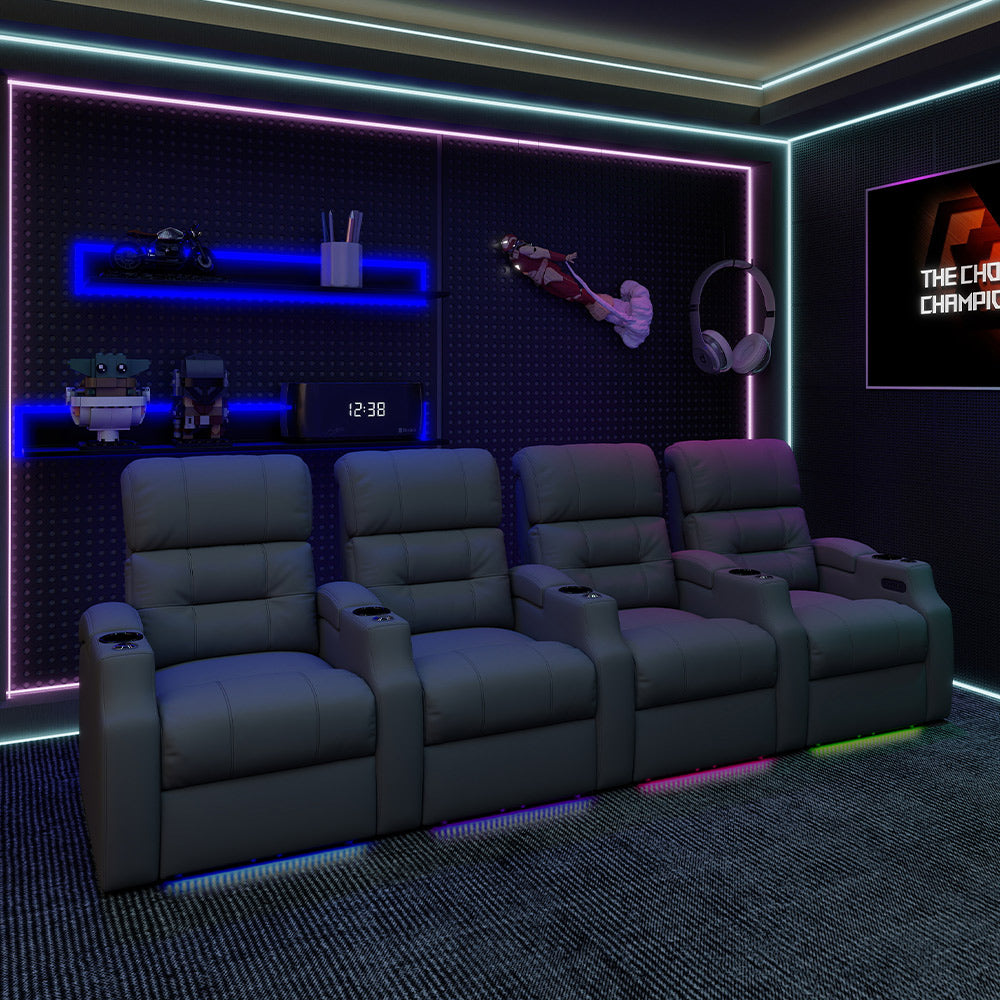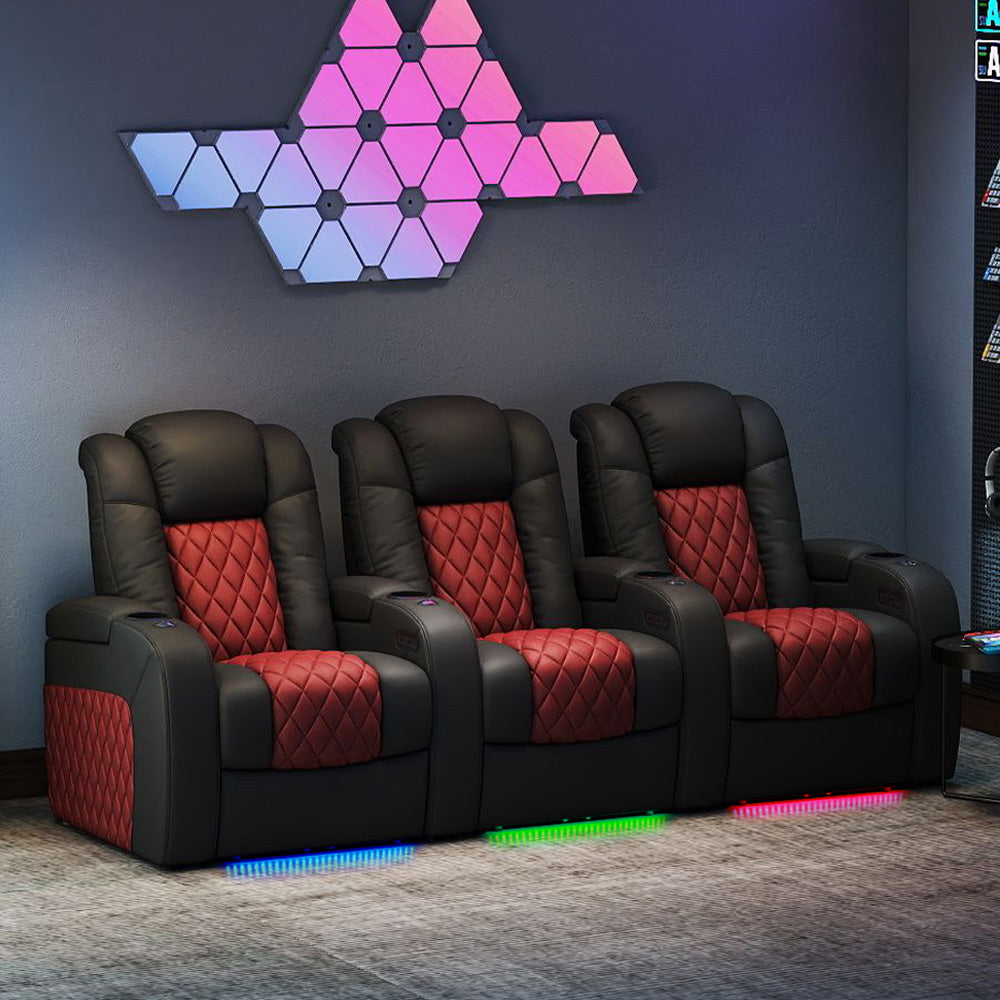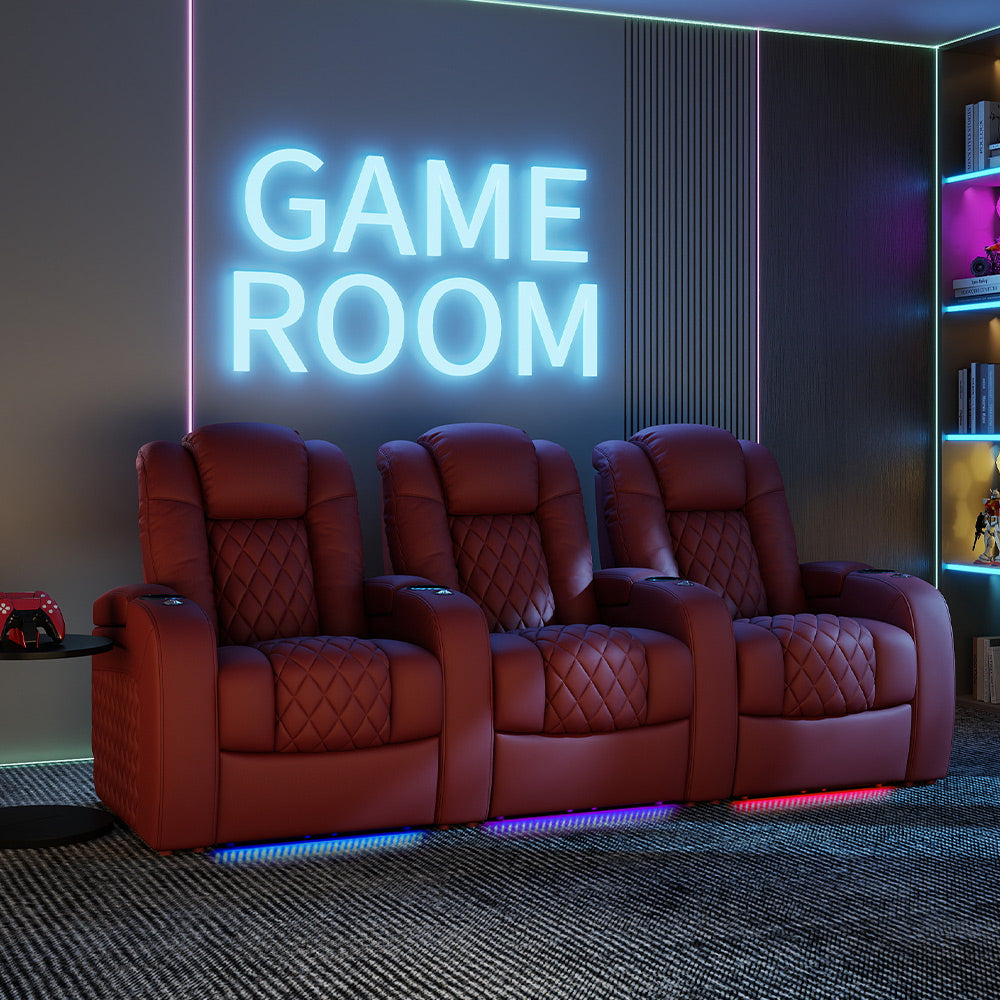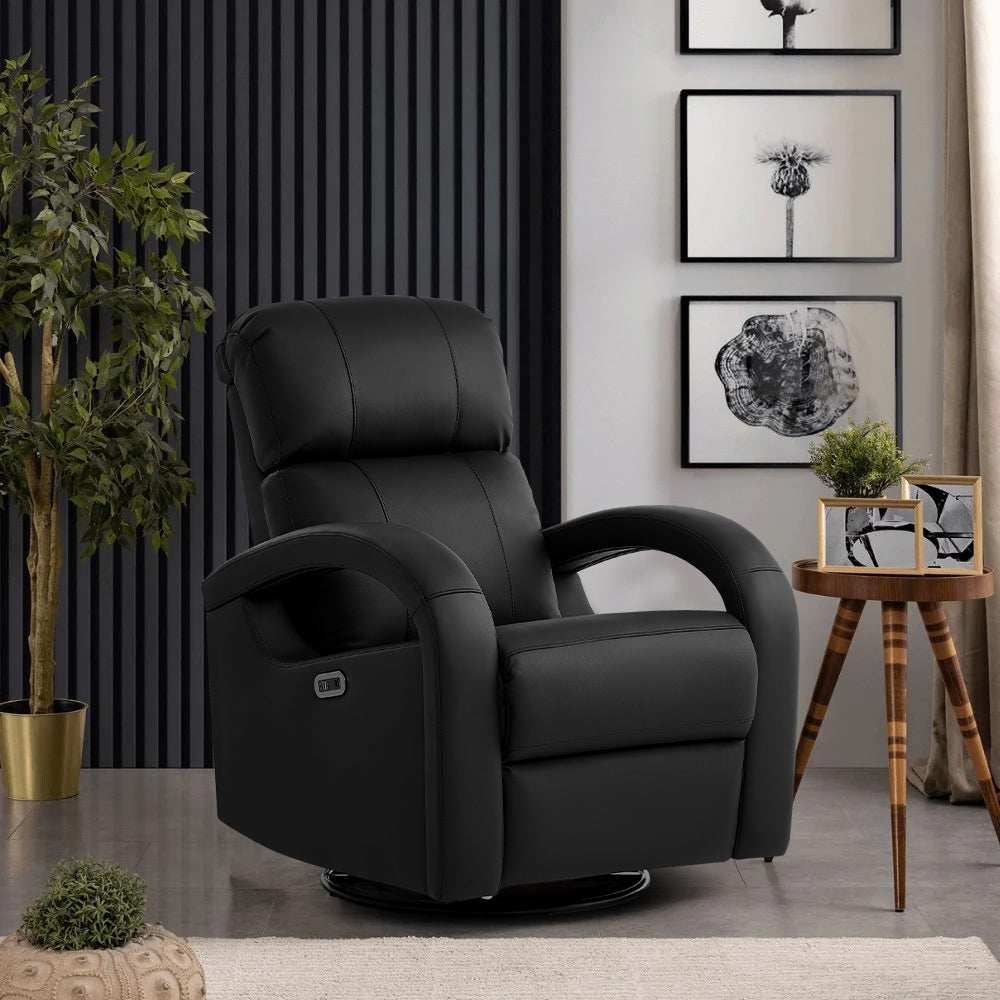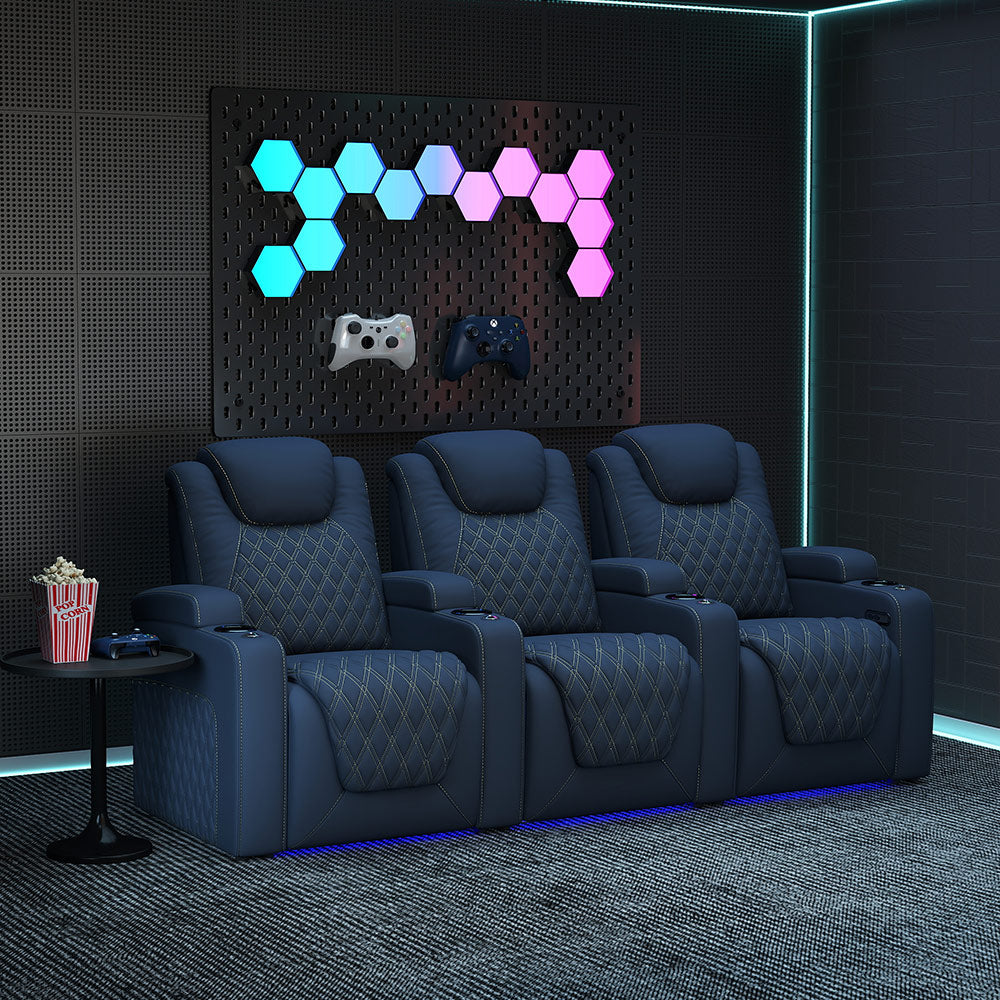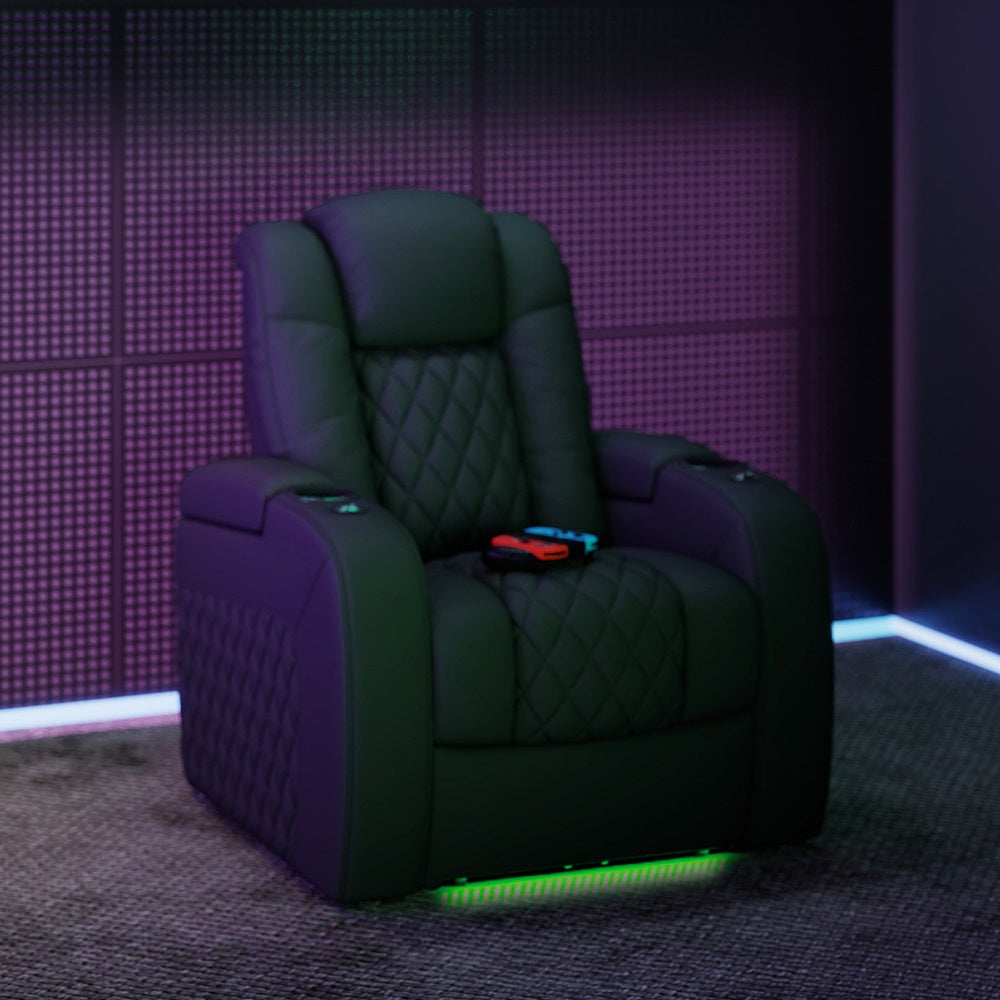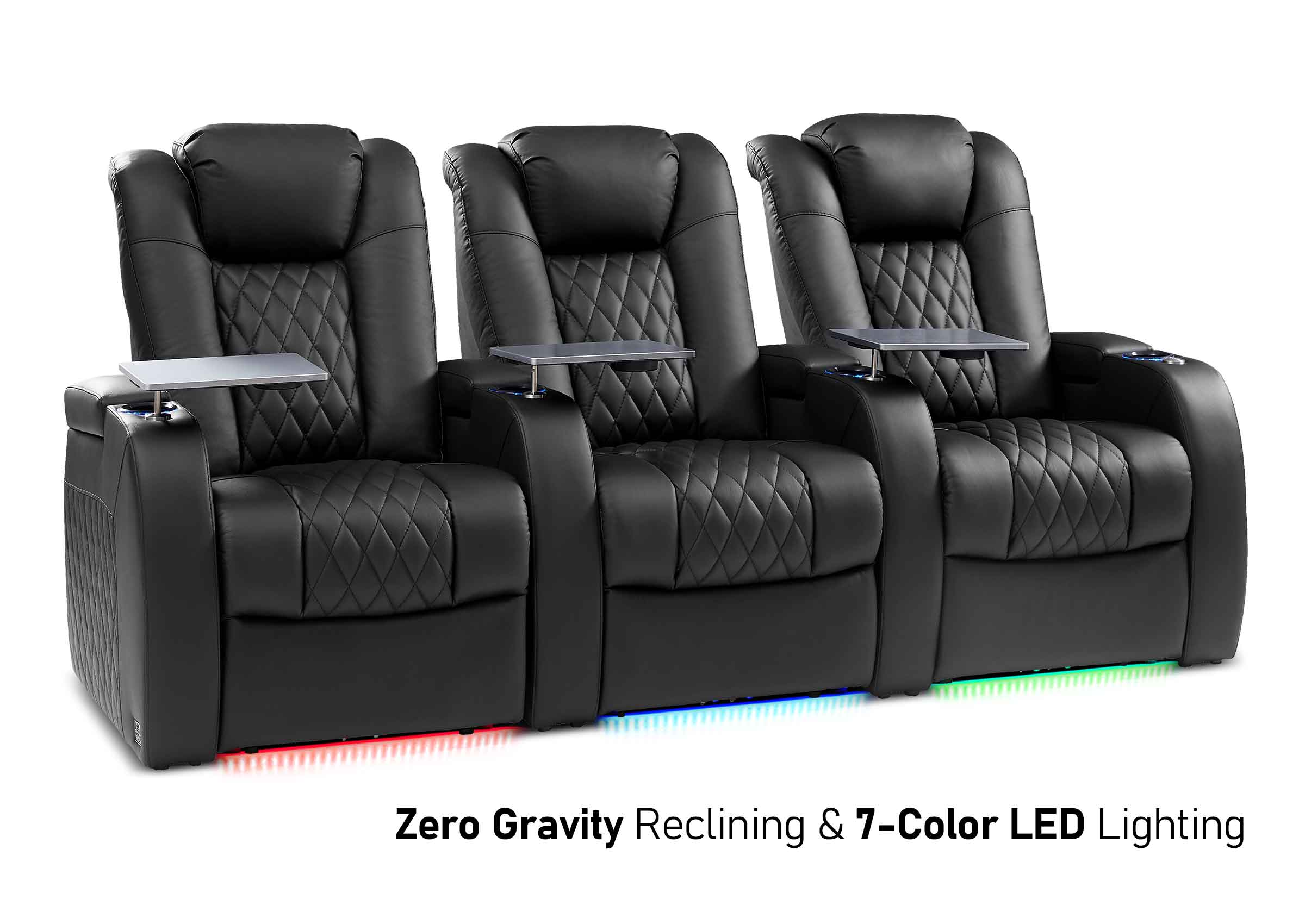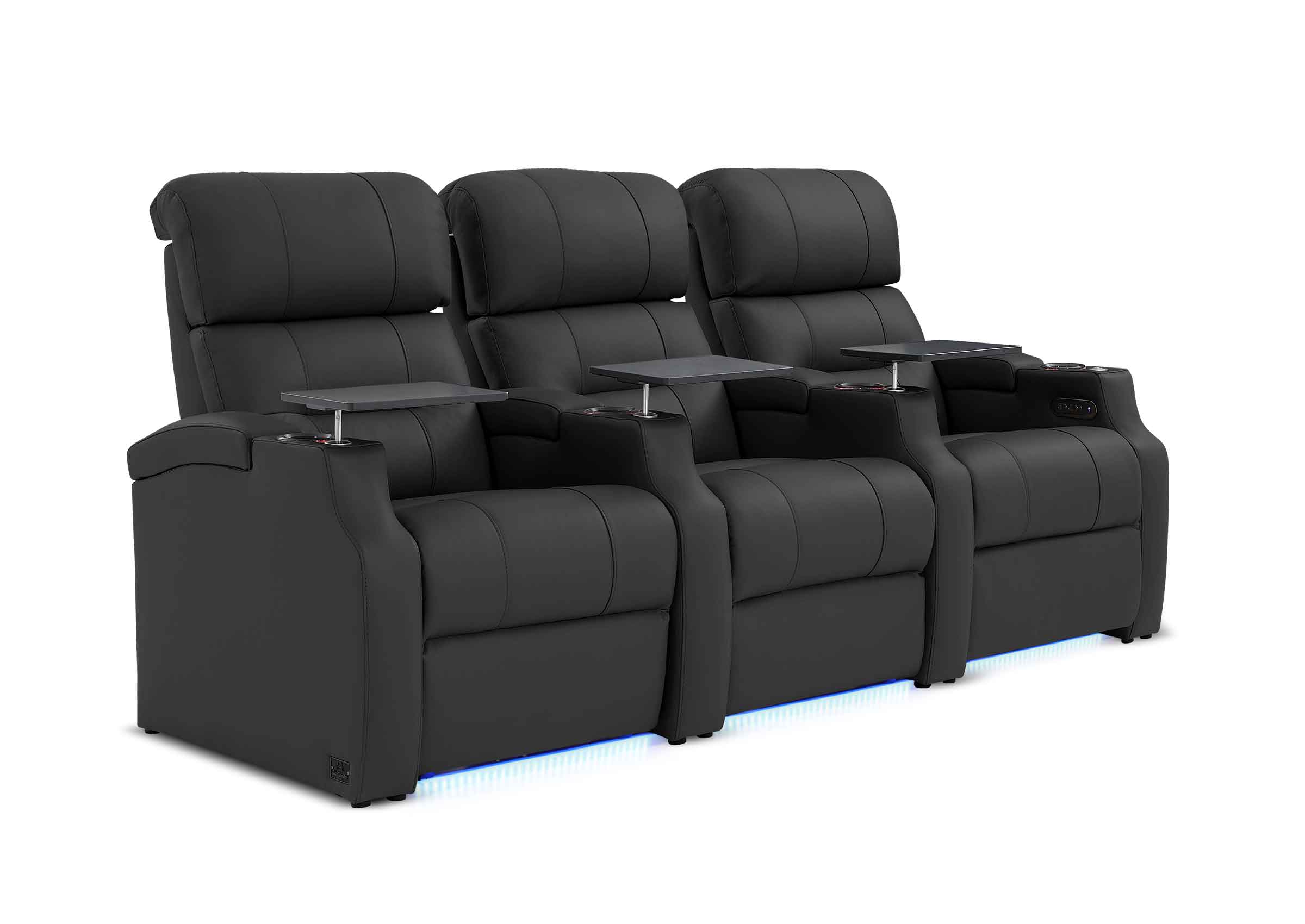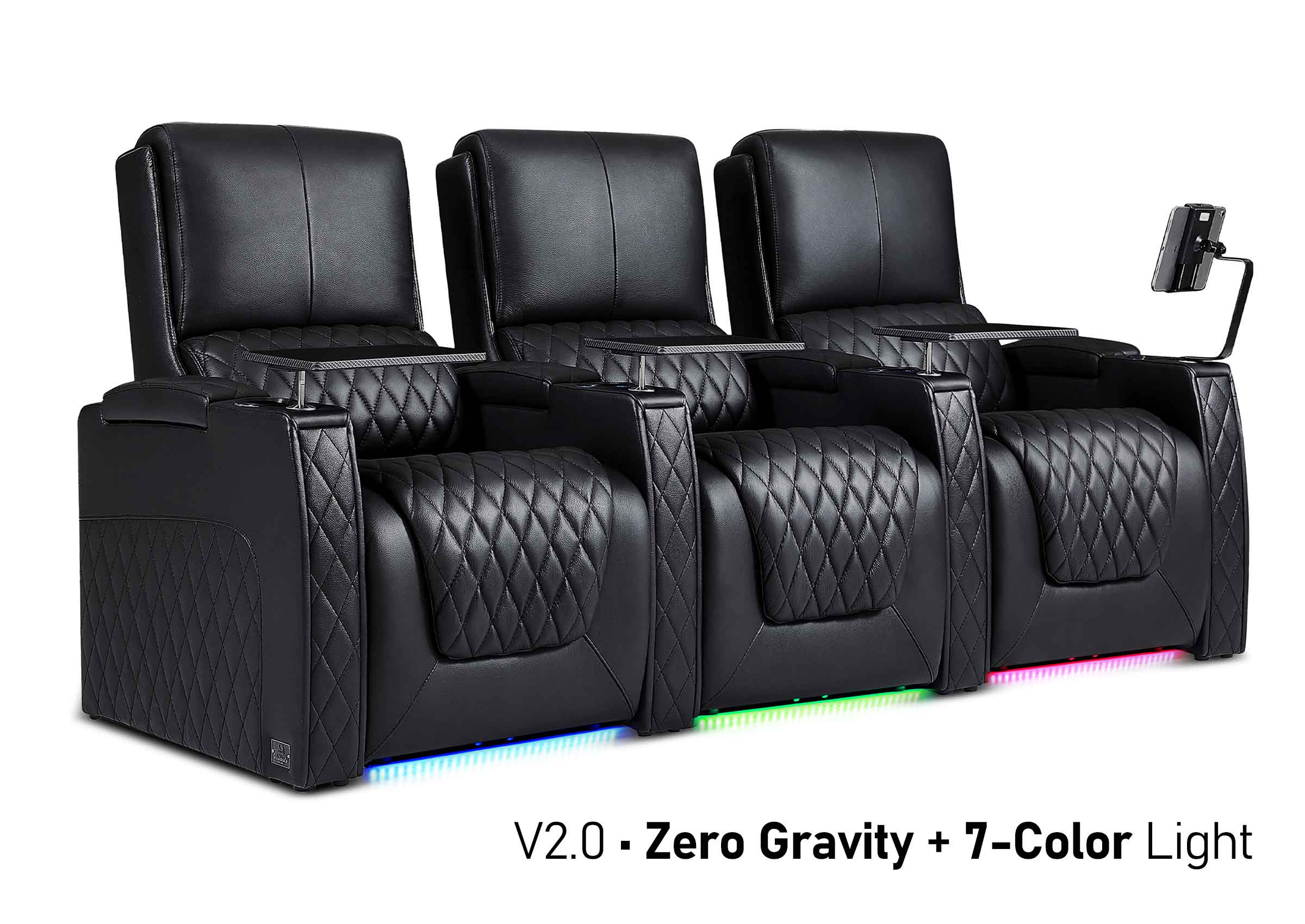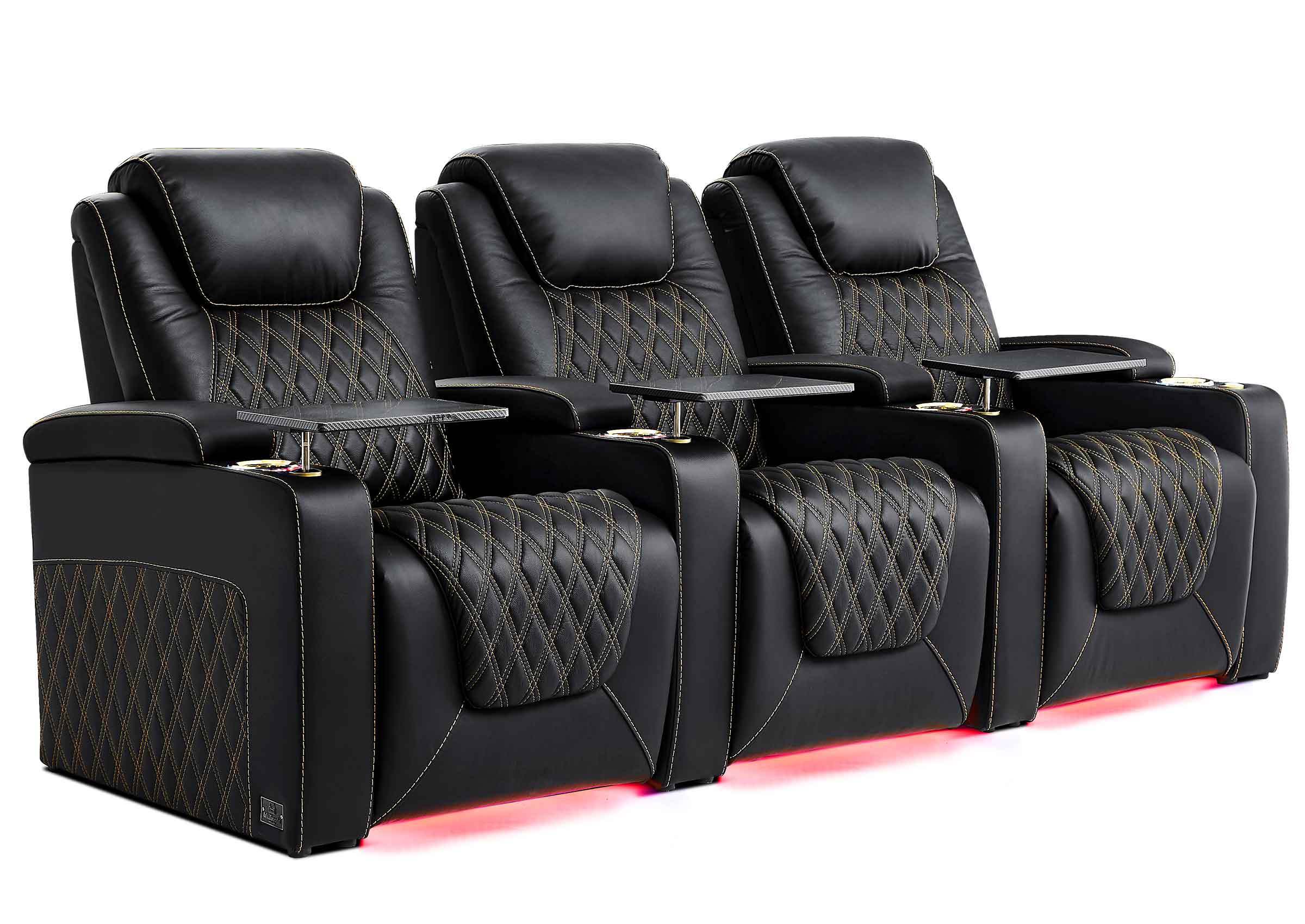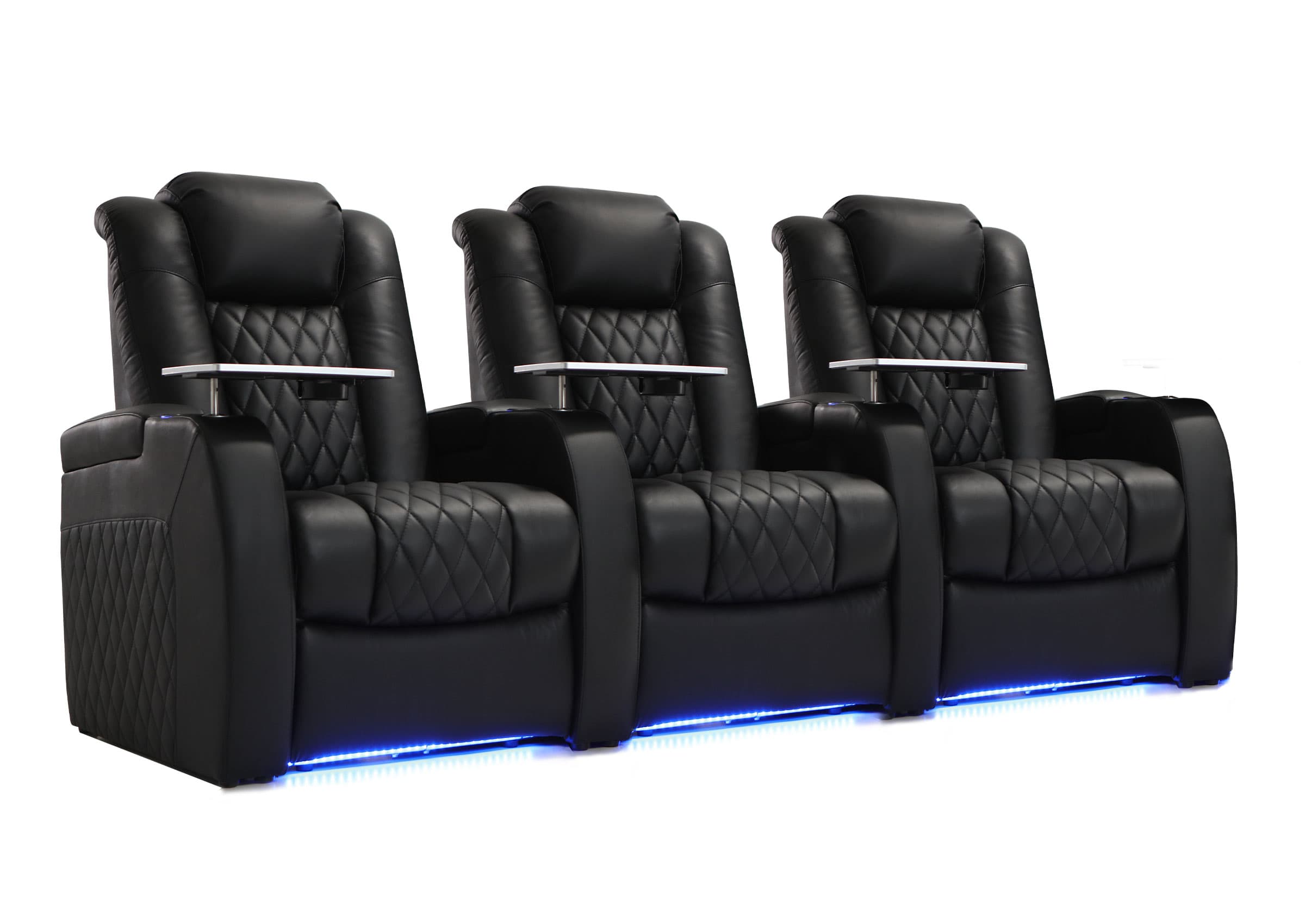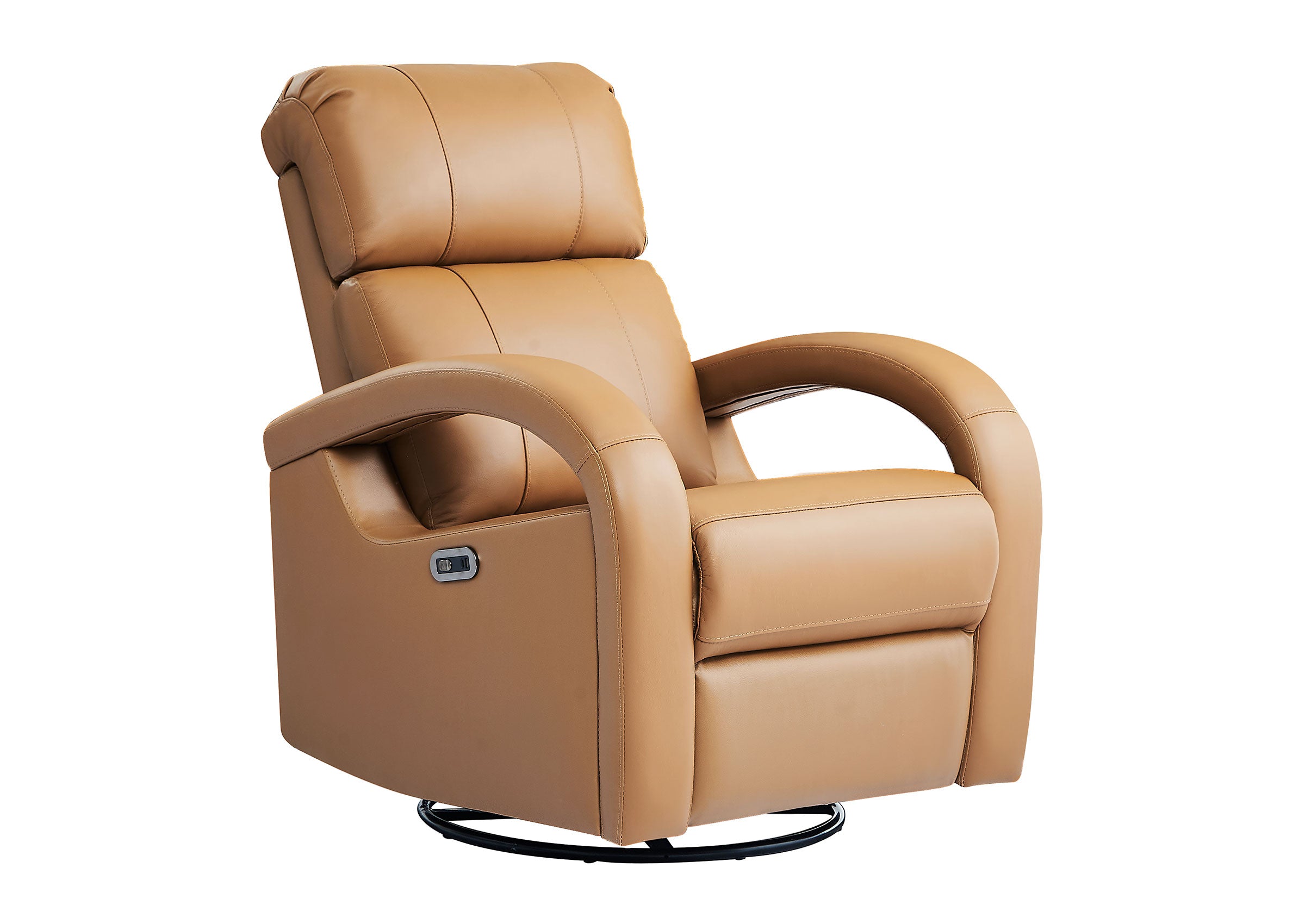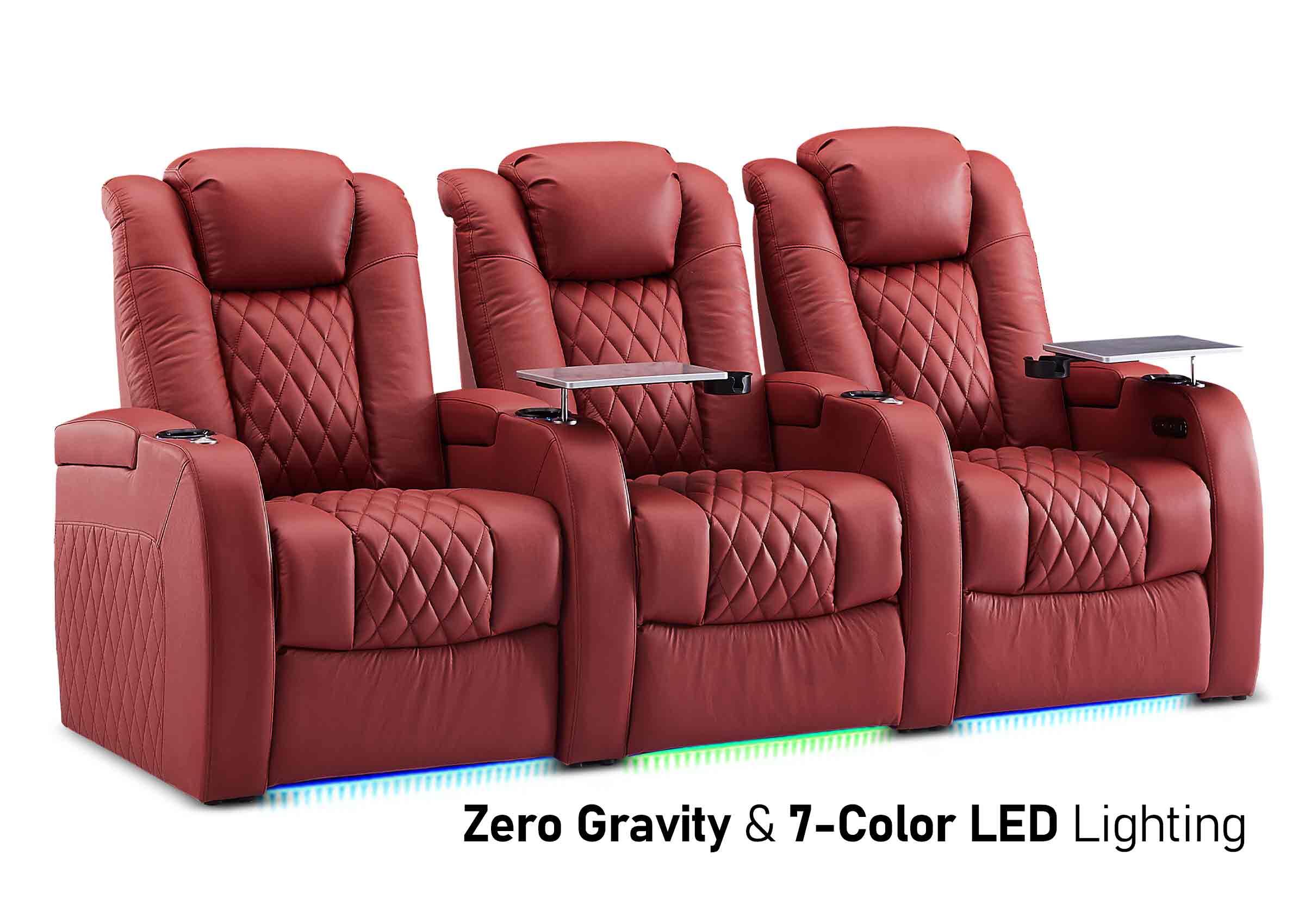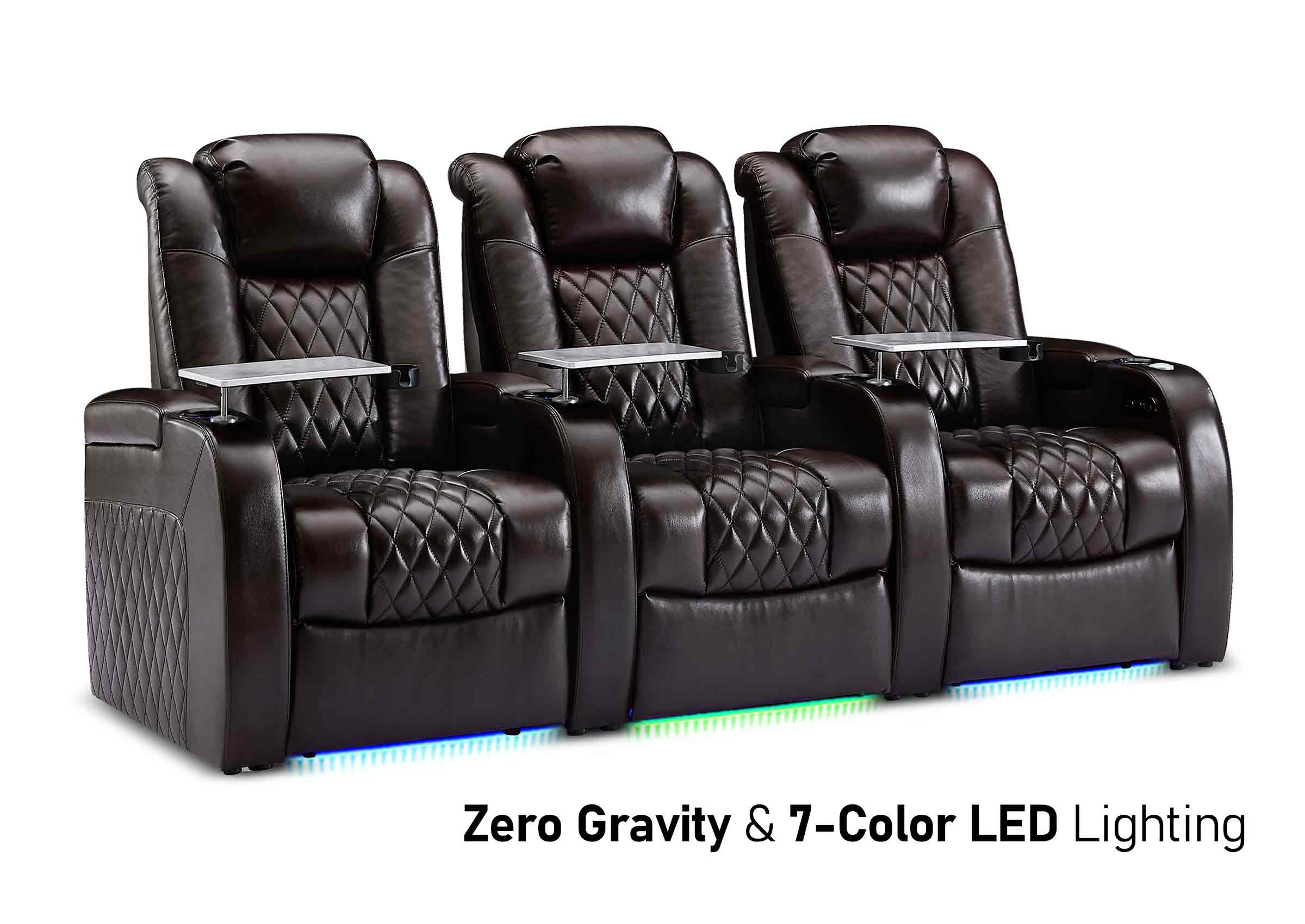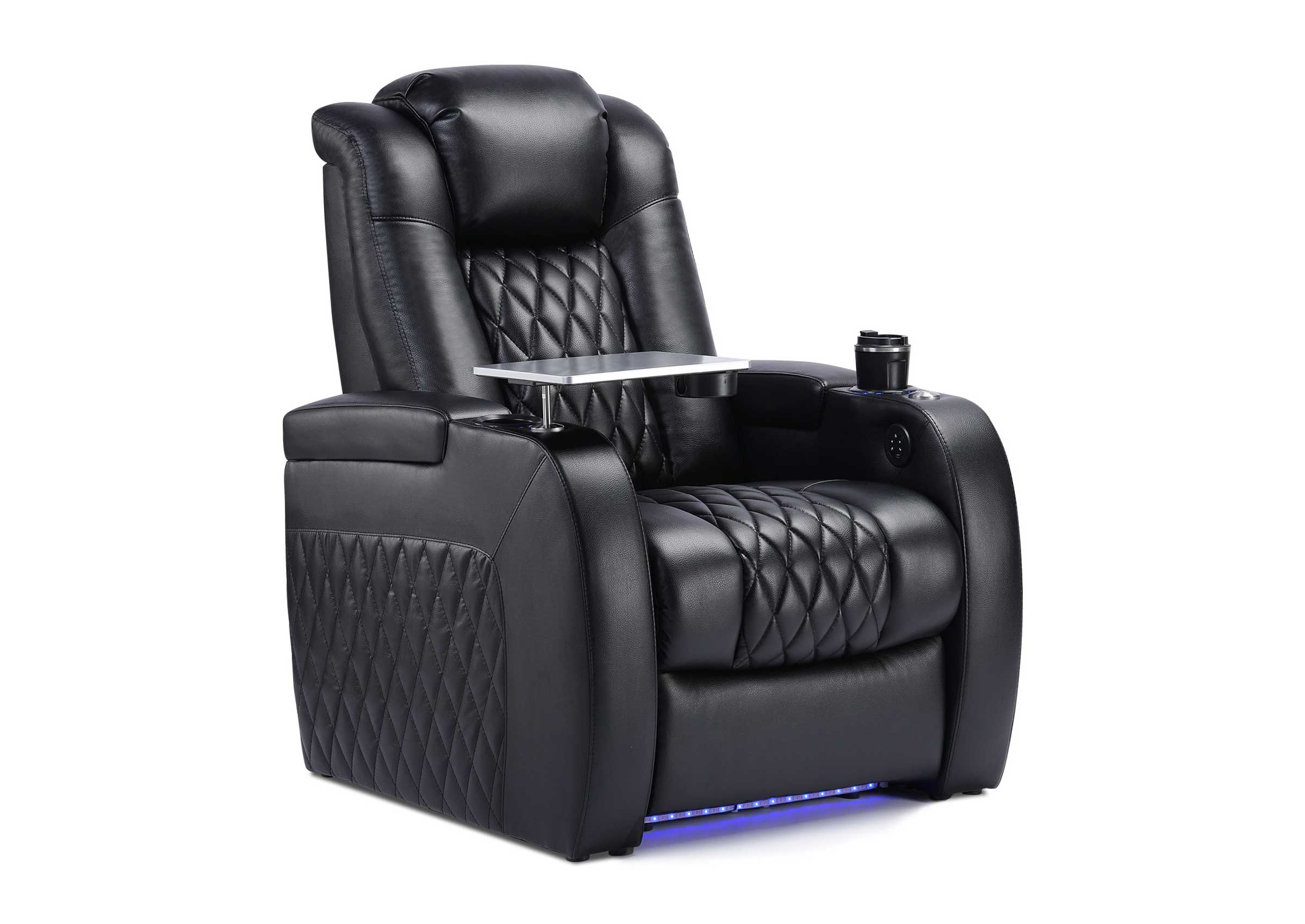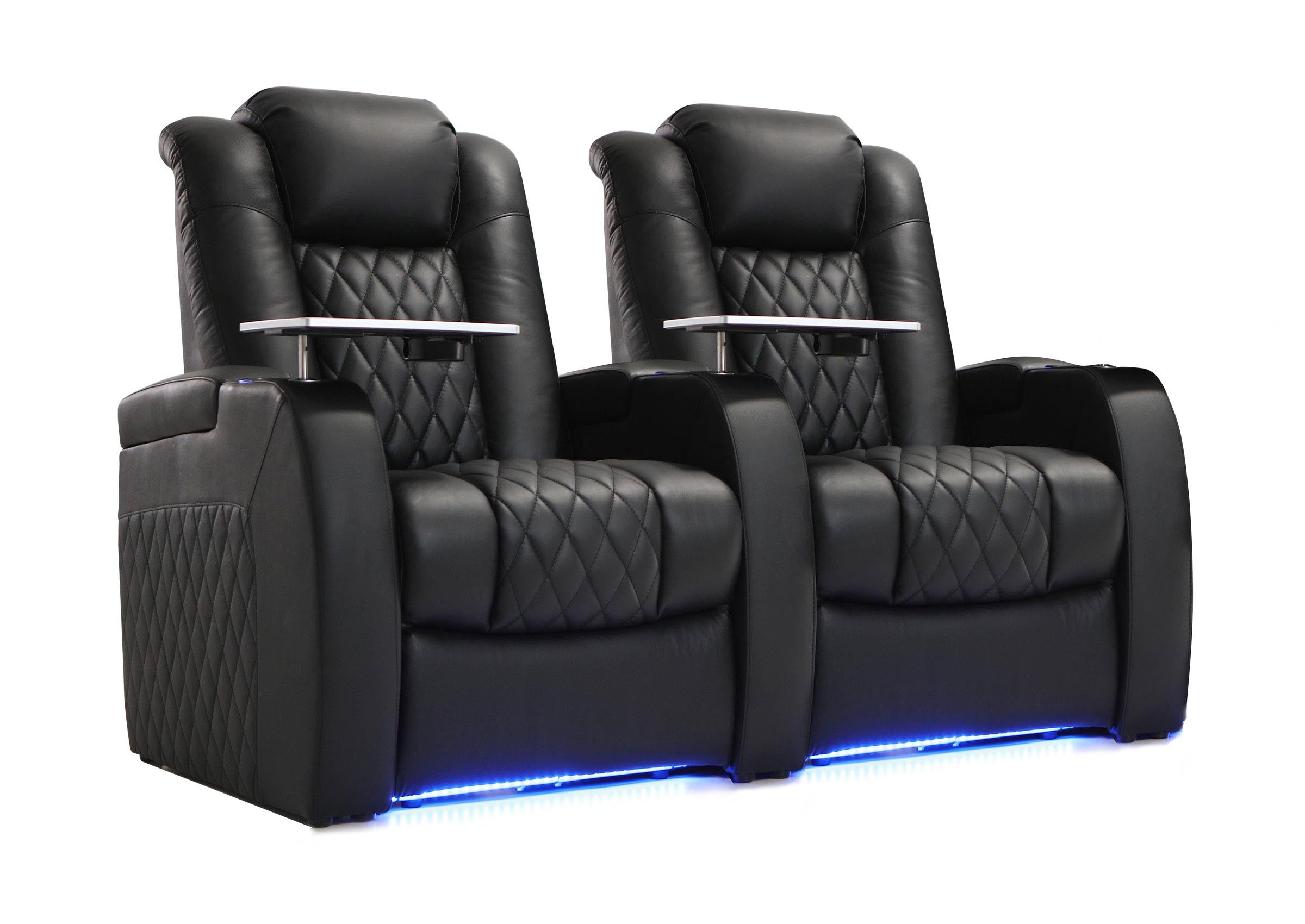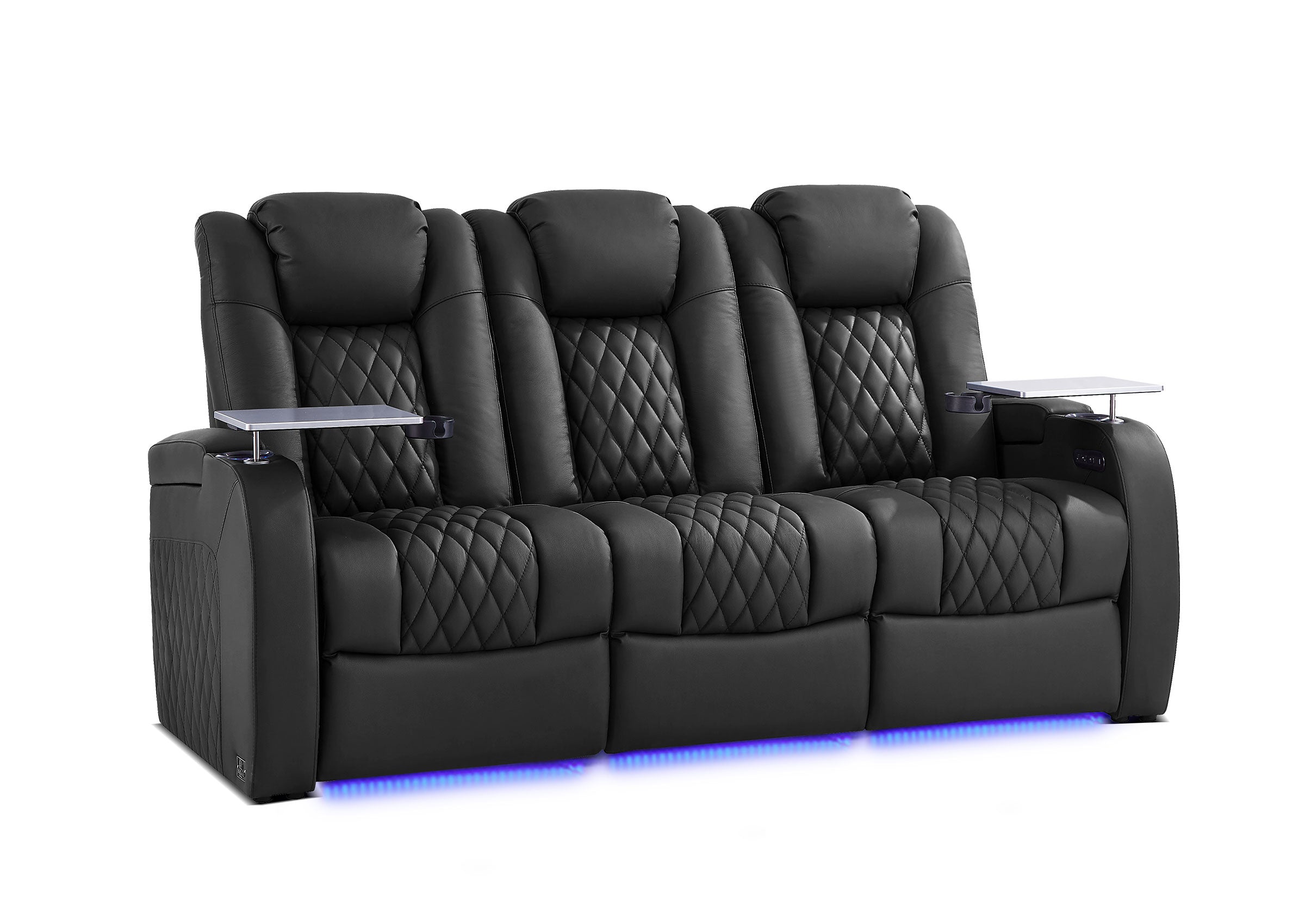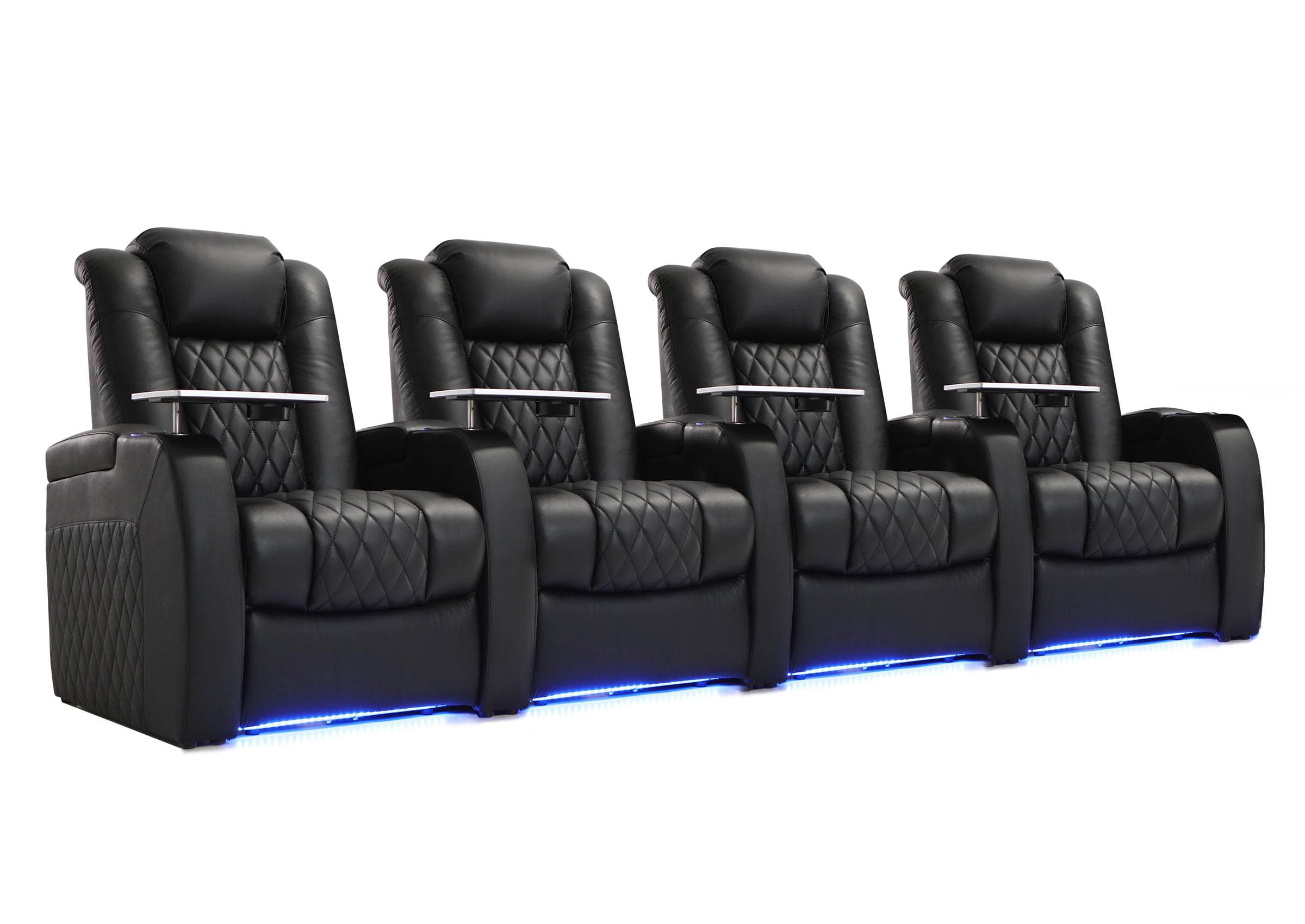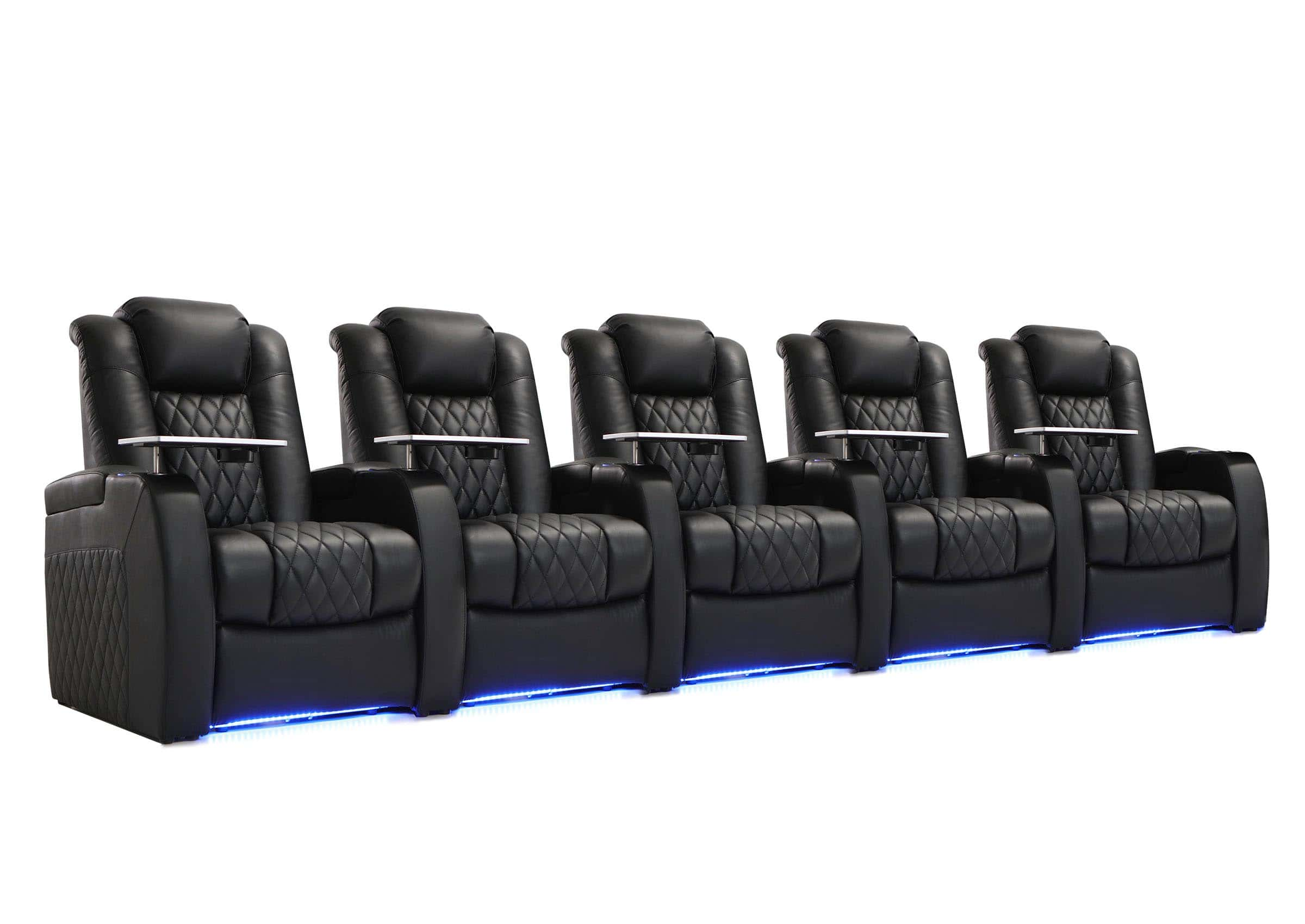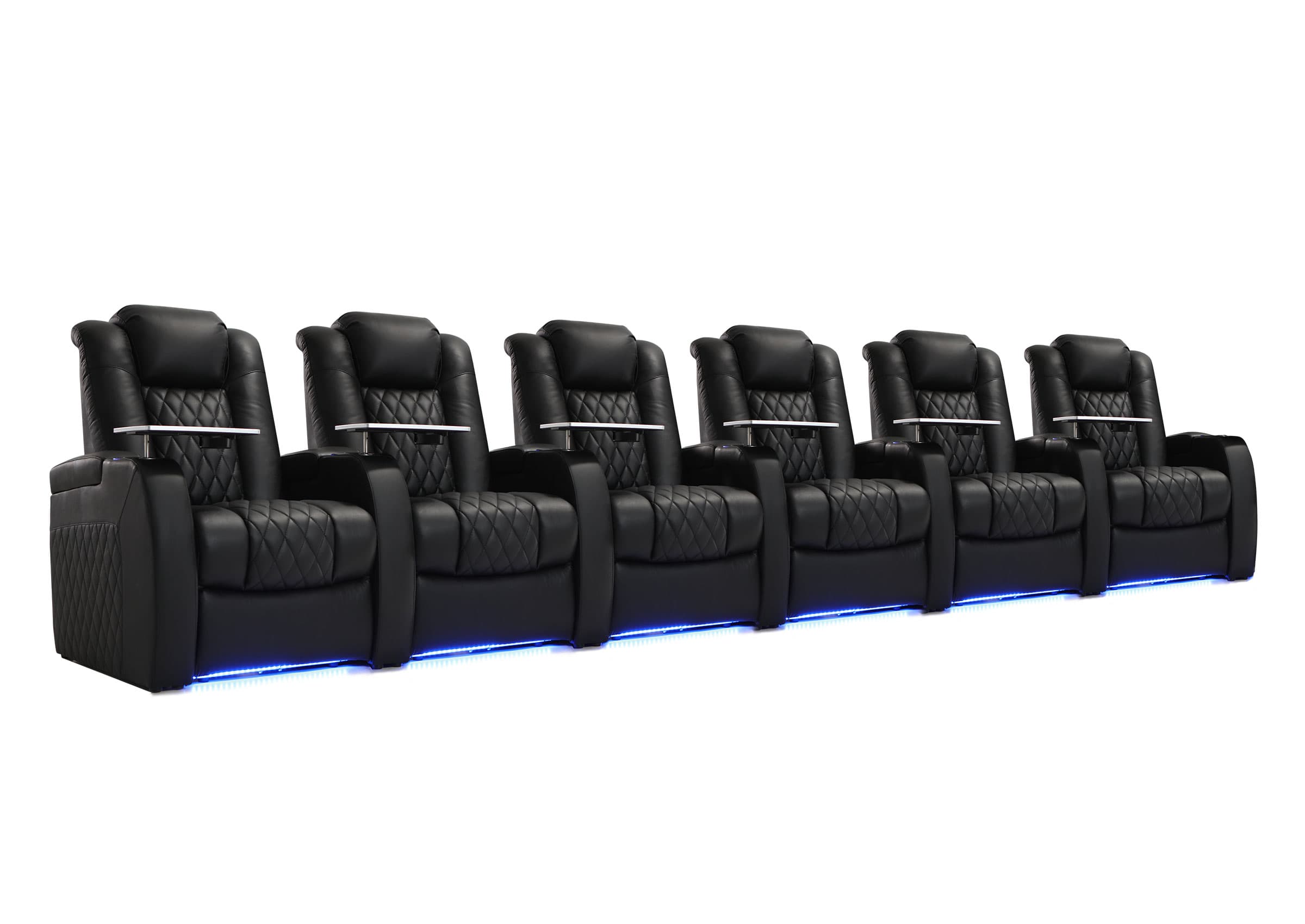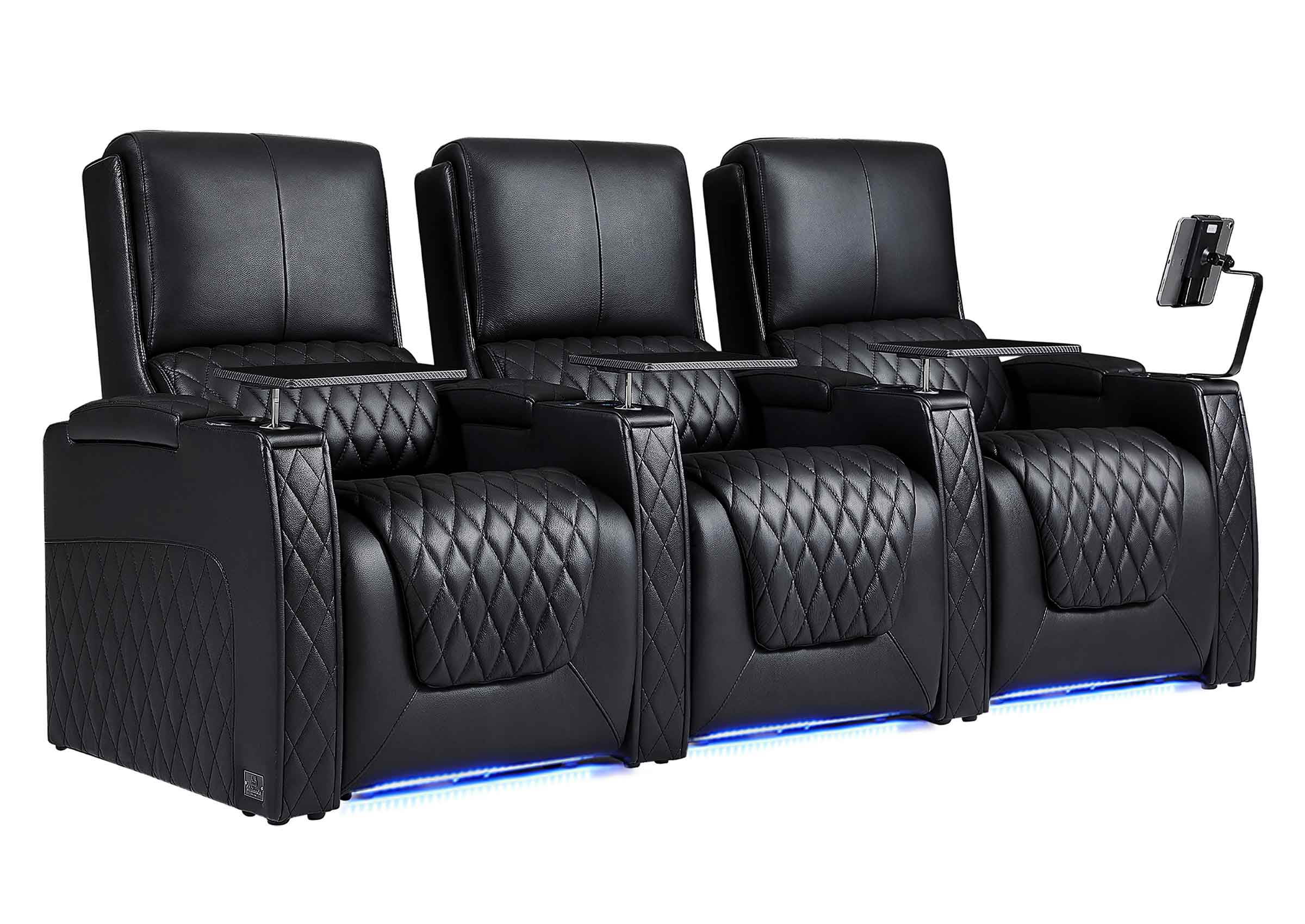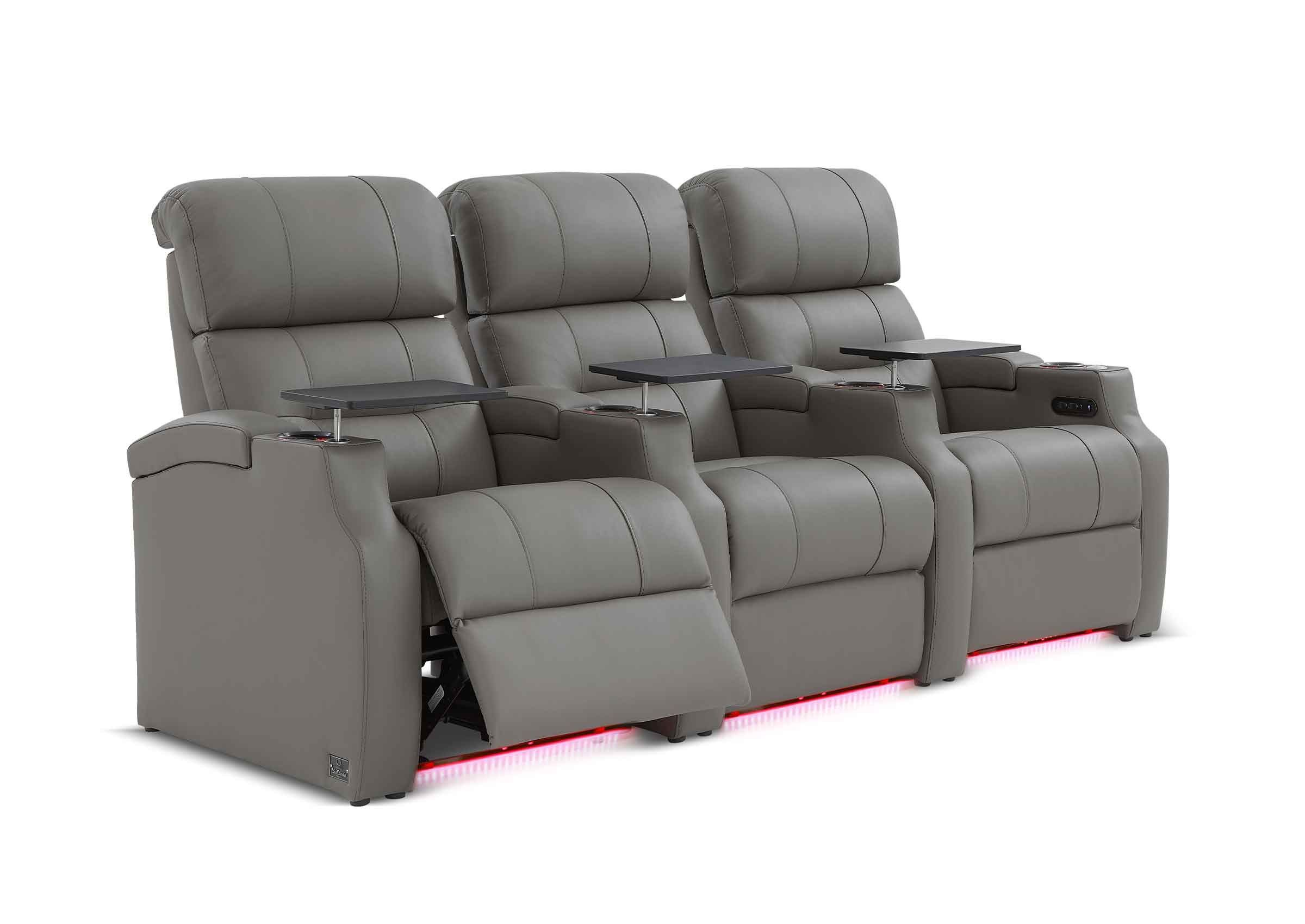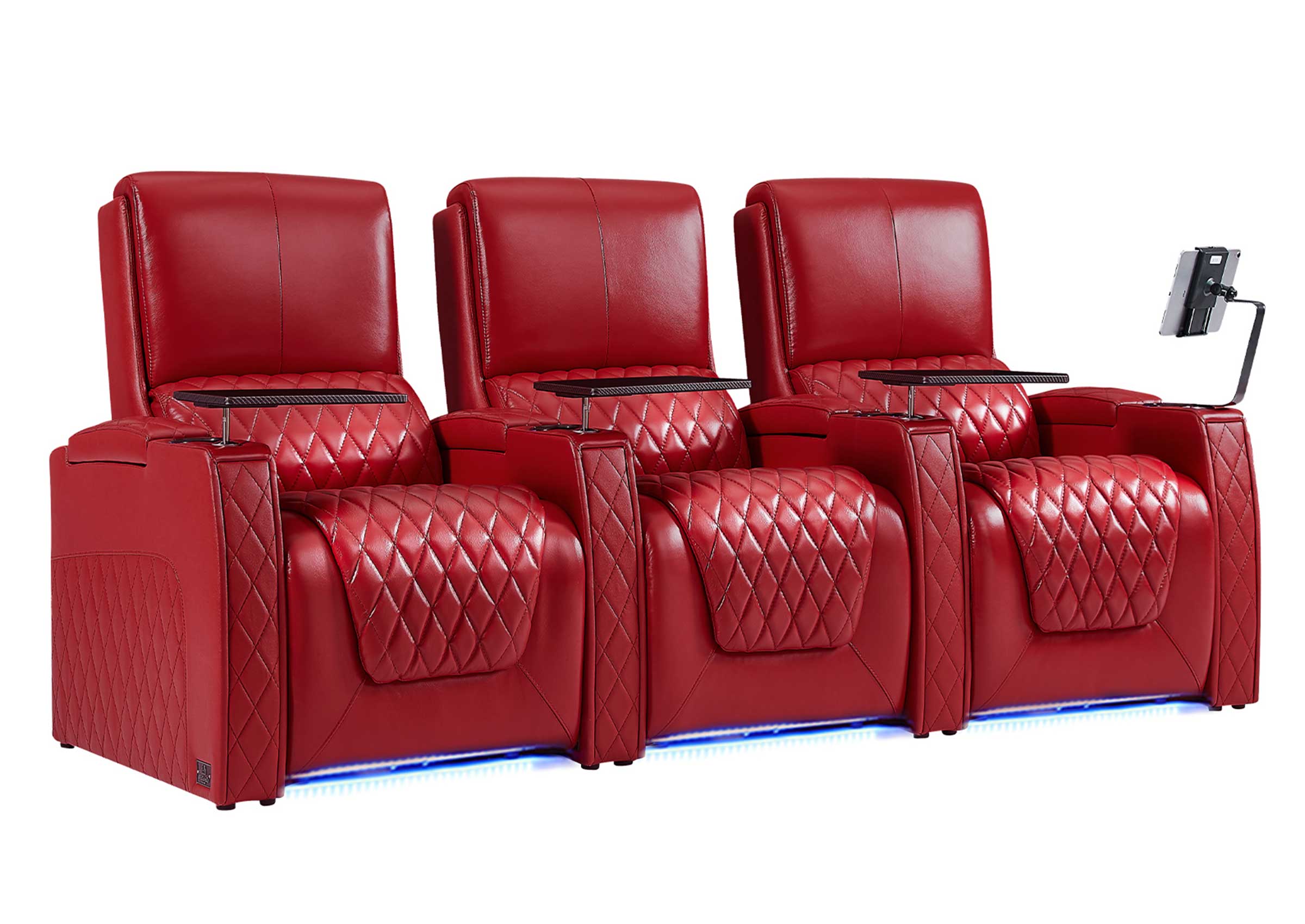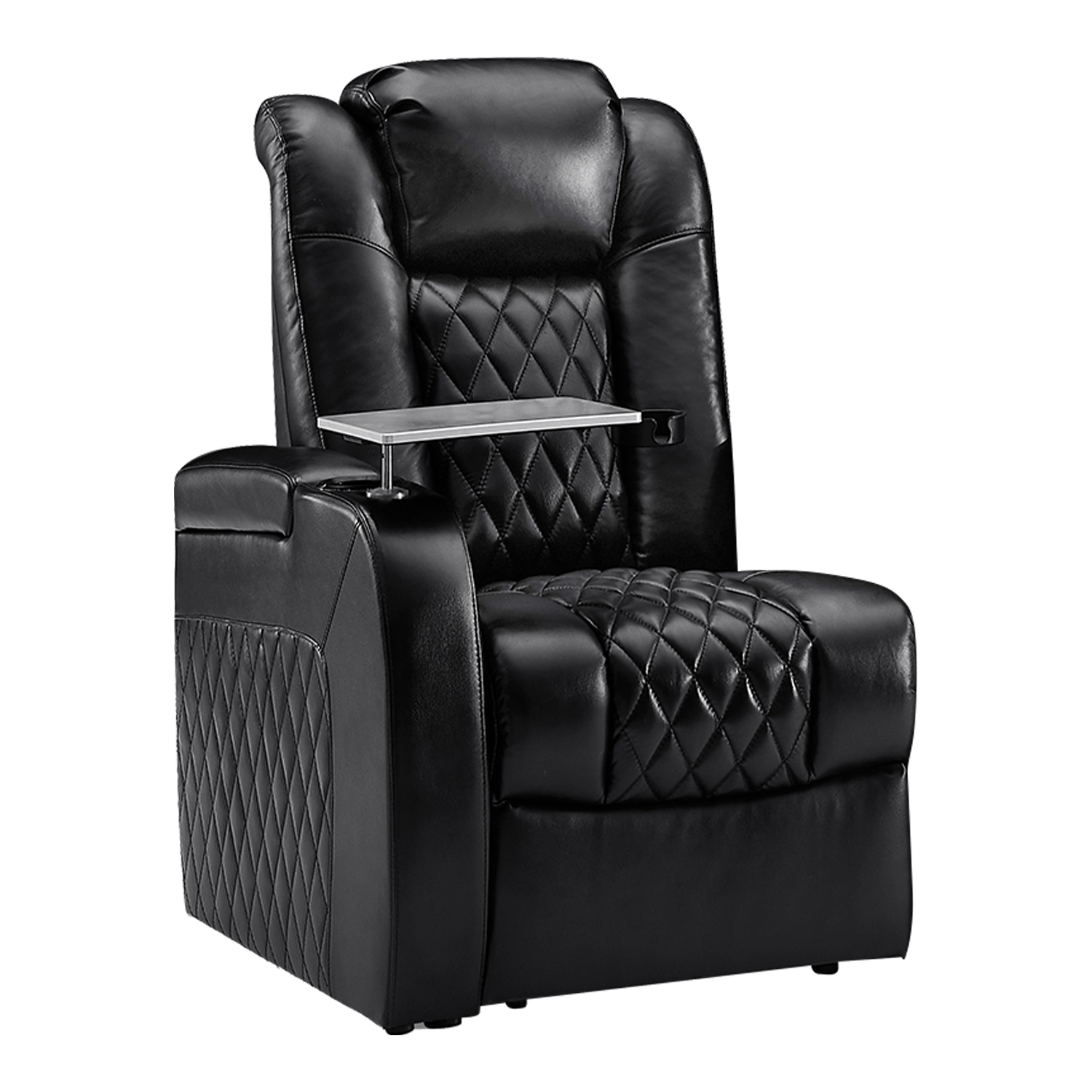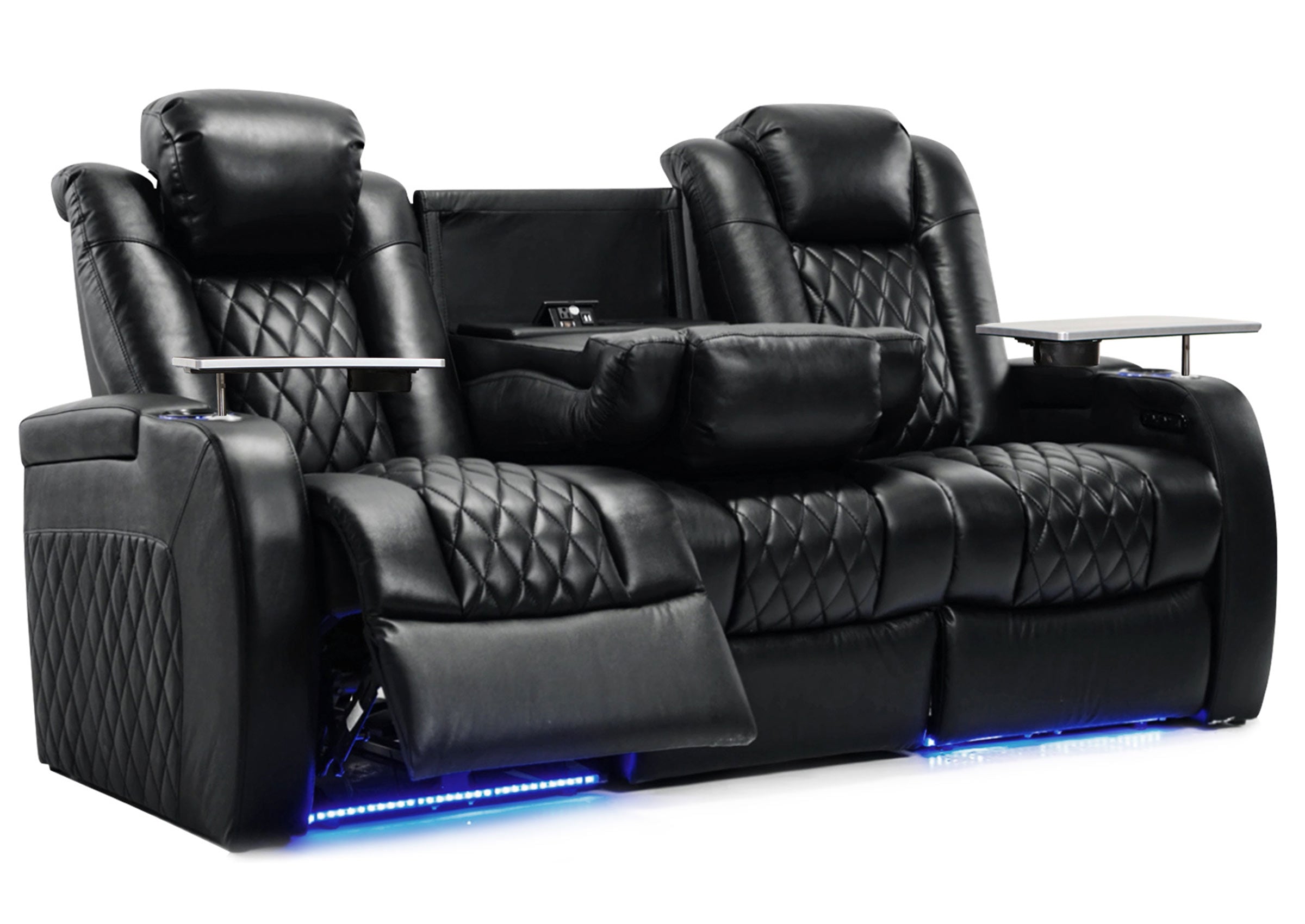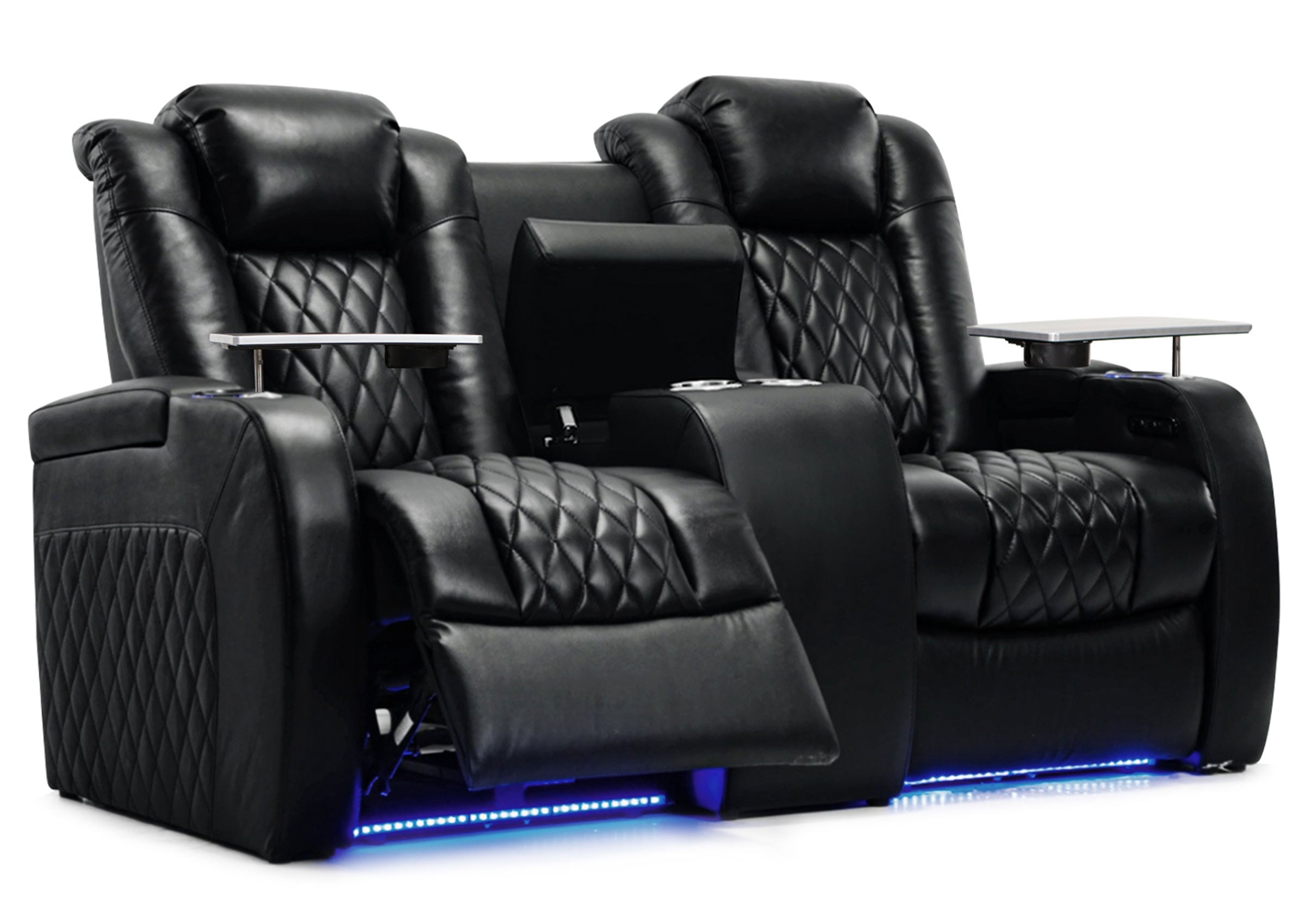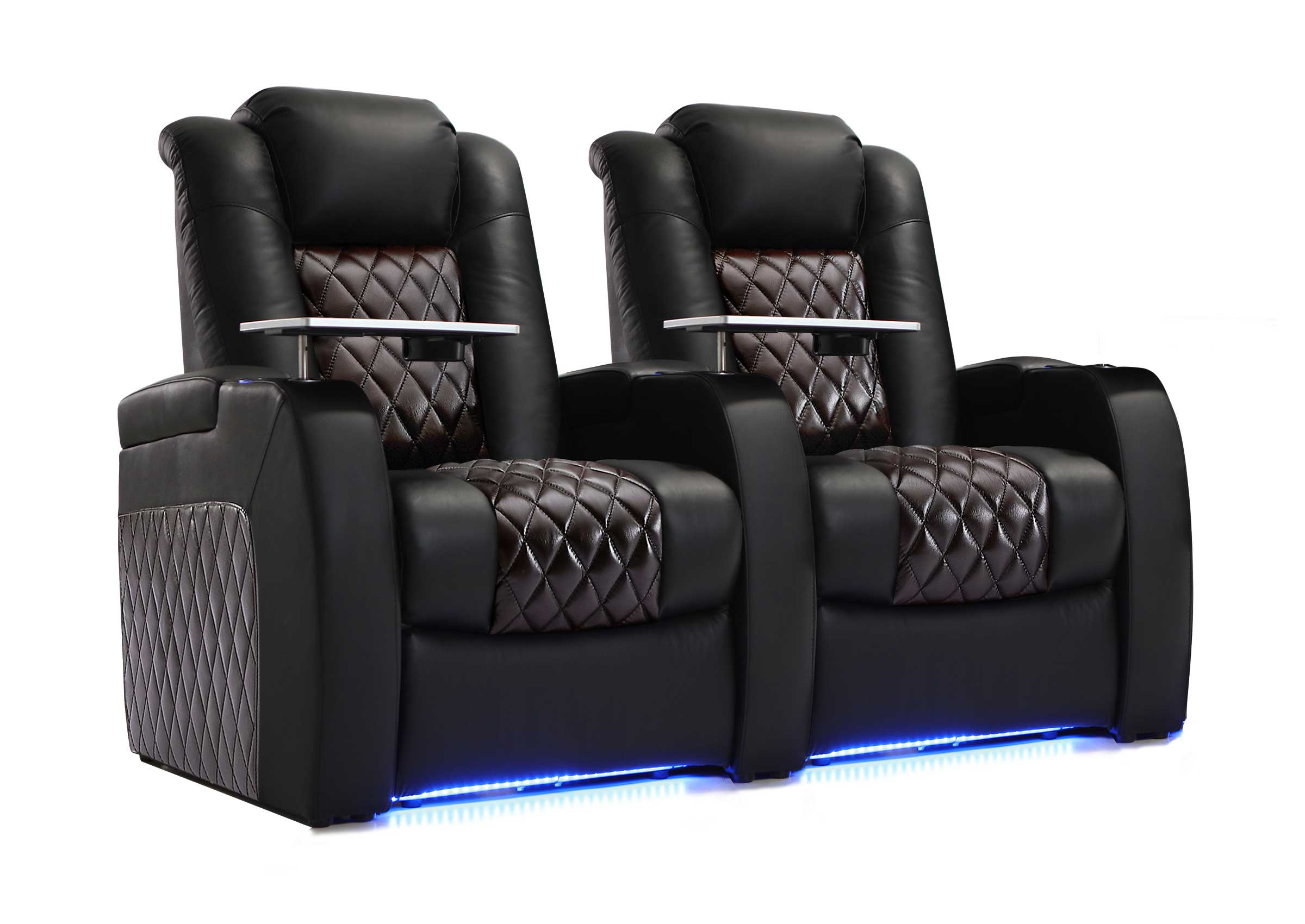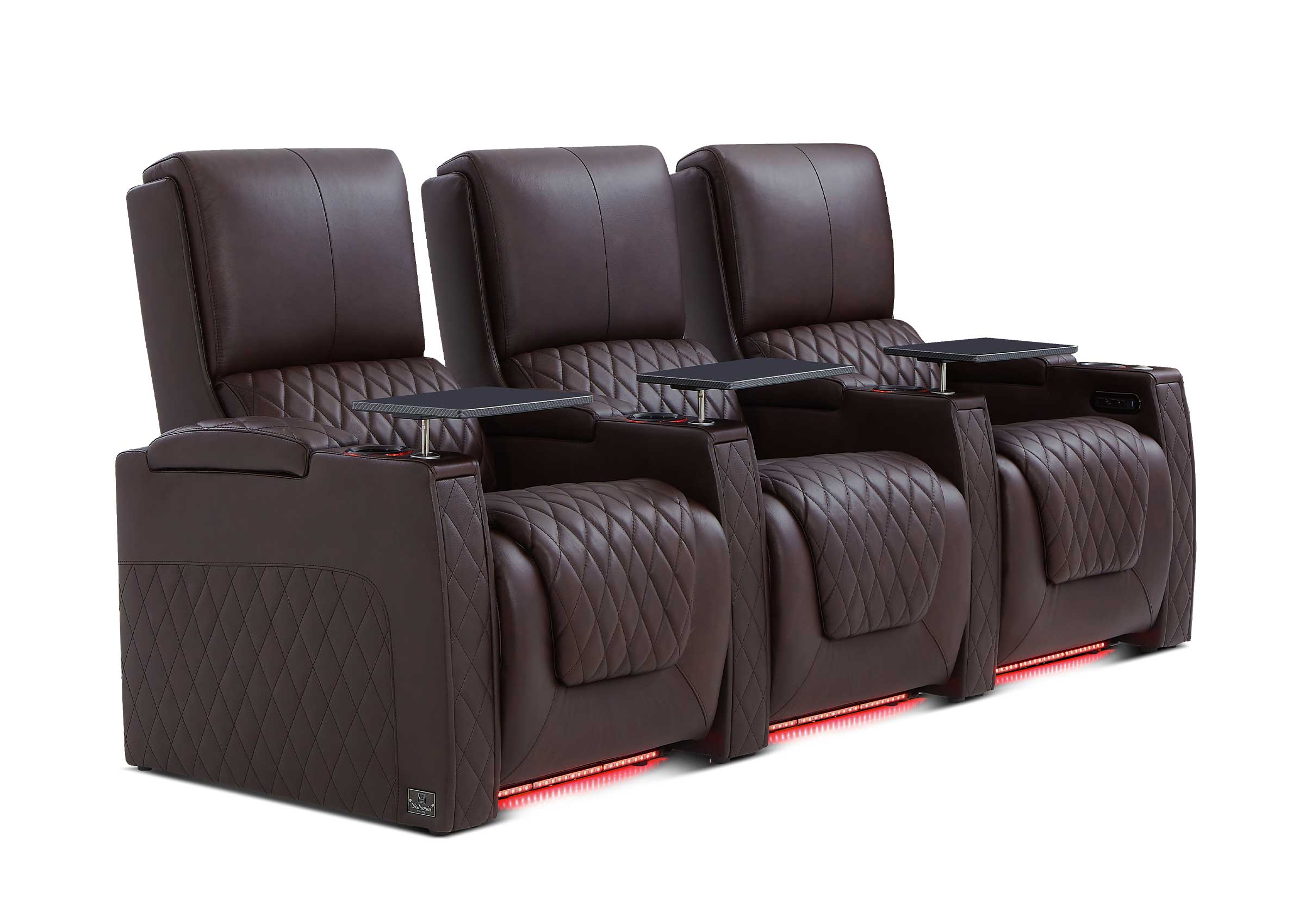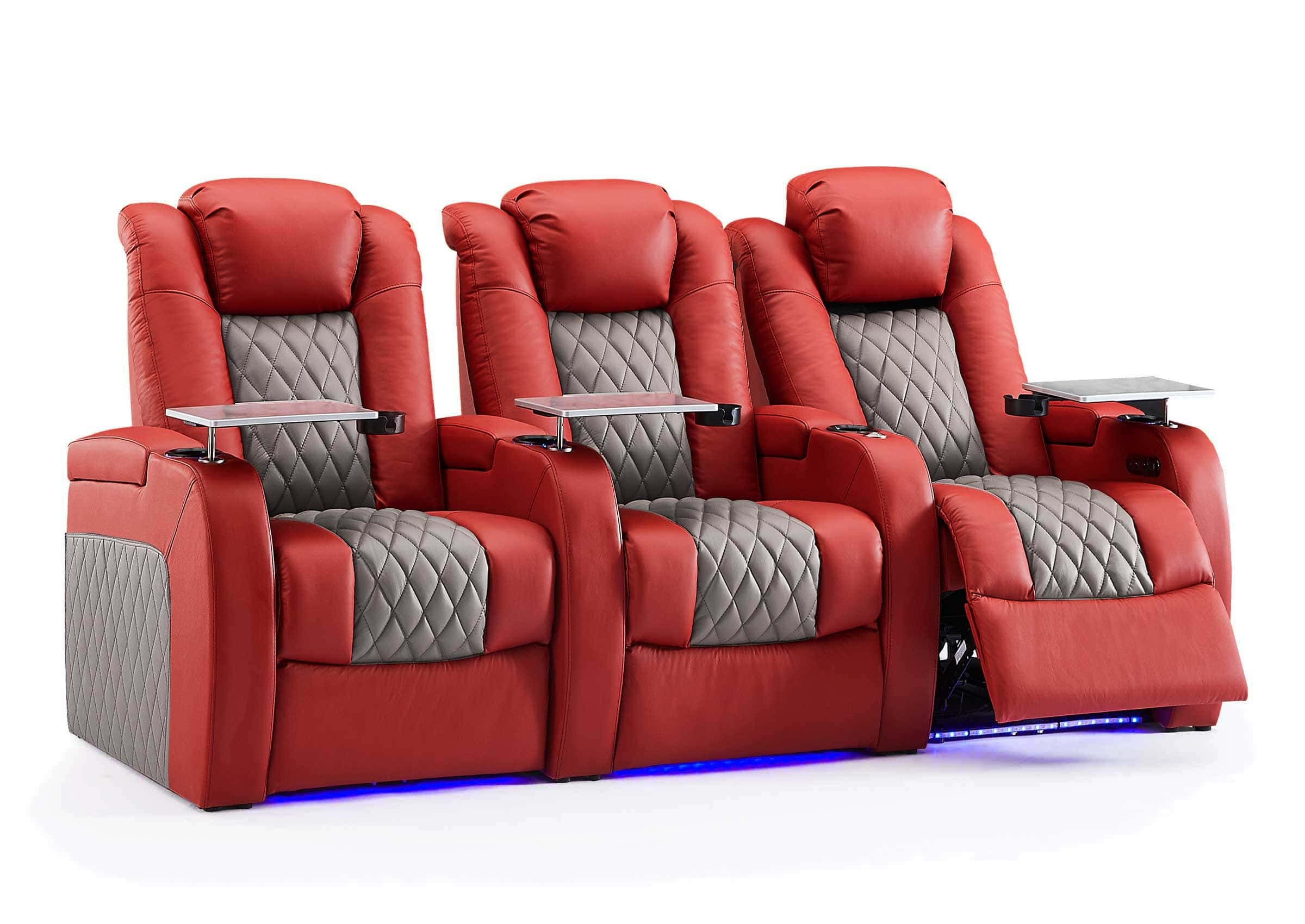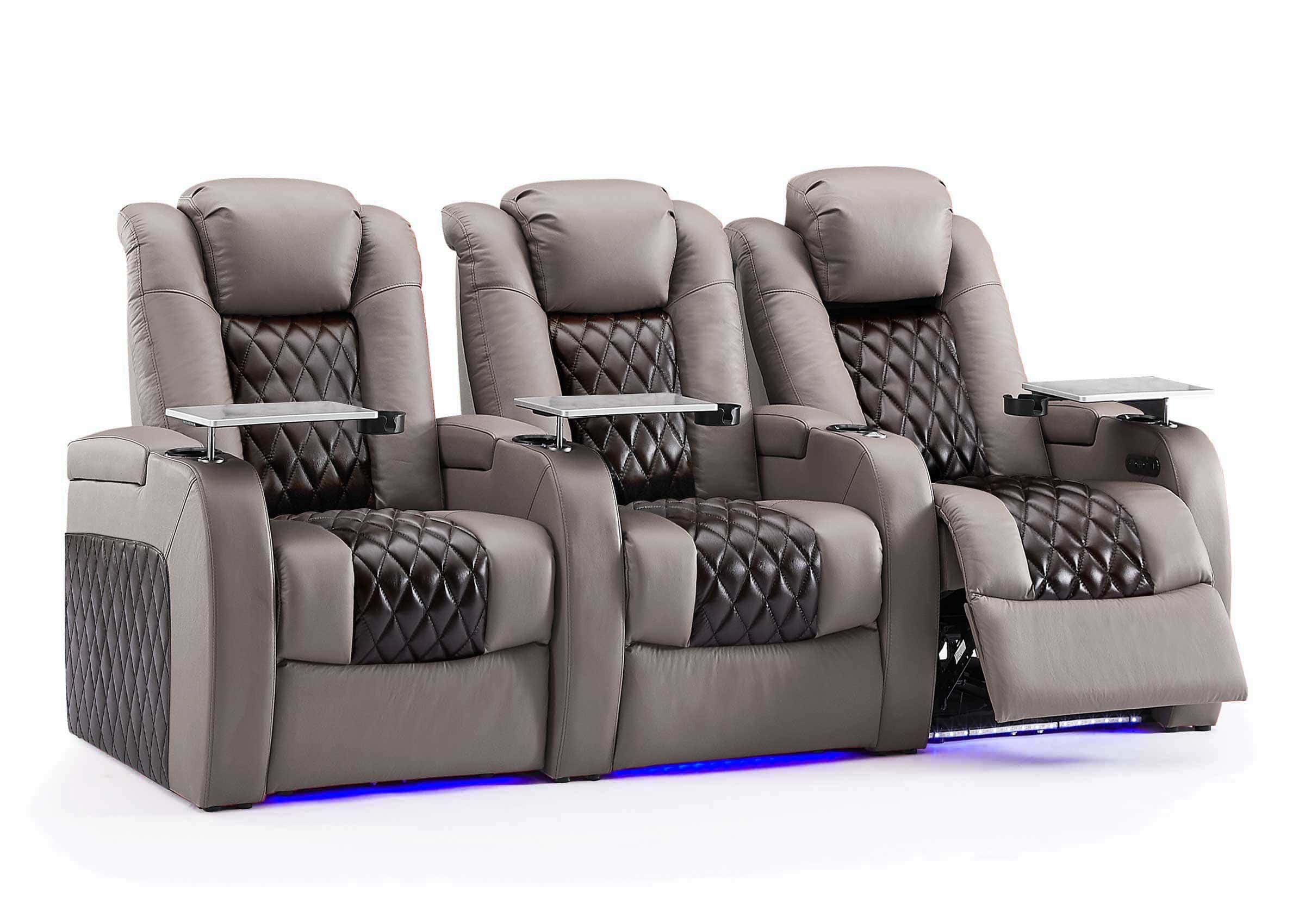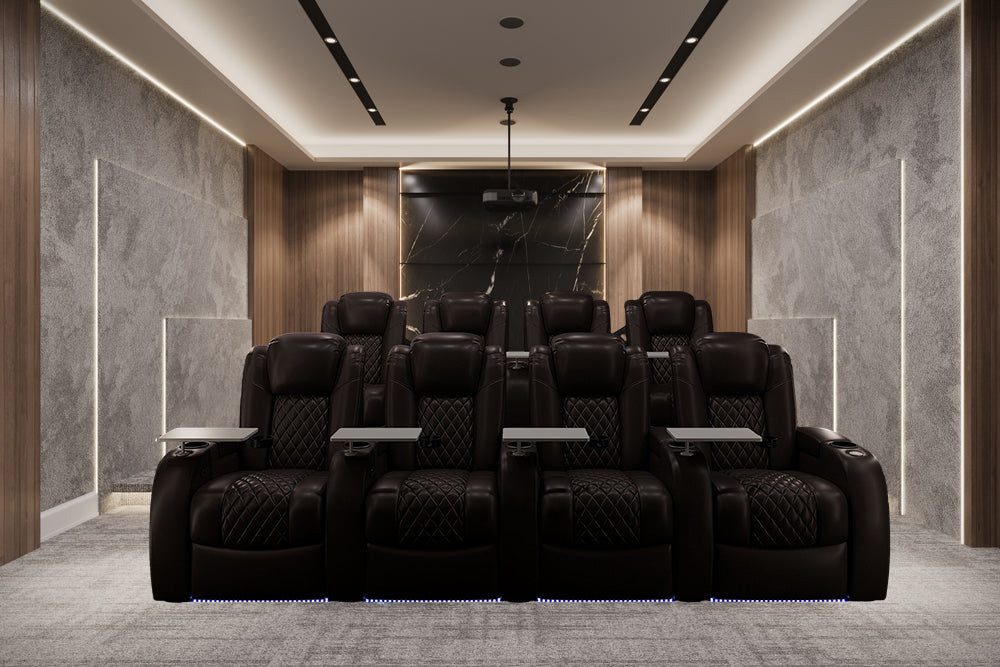In today's society, with the continuous advancement of technology and the growing demand for home entertainment, home theaters are becoming increasingly popular. Home theaters are no longer a luxury add-on, but a taken-for-granted part of many households. There are many reasons behind this trend, including the demand for personalized entertainment, the comfortable and convenient experience, and the combination of social experience. Today, we will explore in depth the reasons why home theaters are so popular in the future. Let's dive into this exciting topic and explore how home theaters can become the future of creating immersive entertainment experiences.
Americans are clearly enamored with home theaters, pandemic or not. it was determined by Grand View Research that 40% of all homes in the USA had a home theater system and/or dedicated home theater room. In 2020, the industry’s worth was $2.75 billion. In comparison, this year the market is predicted to be worth $3.57 billion, and to grow to $4.03 billion by 2026. 
1.The New Trend of Customized Entertainment
In the field of home theater construction, personalized design and customized entertainment experiences have become new trends. Home theaters are no longer a standardized concept, but are designed and built according to personal preferences and needs. From audio-visual equipment to furniture layout, every detail can be customized according to the requirements of the family. This customized entertainment experience brings a unique feeling and allows each family to have a unique home theater.
In addition, the equipment and technologies of home theaters are also constantly innovating and evolving. High-definition, 3D images, and advanced sound systems make the viewing experience more realistic and shocking. At the same time, the integrated development of smart homes enables home theaters to seamlessly connect with other smart devices to achieve smarter and more convenient control and operation. This technological innovation not only enhances the viewing experience, but also brings more possibilities for the development of home theaters.
The choice of home theater equipment also pays more attention to user experience. First, 4K projectors have become the mainstream product in the home theater market. 4K resolution projectors can provide more delicate picture quality, allowing audiences to experience the same visual enjoyment as movie theaters at home. In addition, with the popularity of streaming media services, audiences can watch various movies, TV series and other content through the network, rather than being limited to locally stored video resources. This makes the purchase of home theater equipment focus more on performance and compatibility to meet users' demands for high-definition picture quality and rich content. The integration with smart homes is also an important trend in home theater construction. By connecting home theater devices to smart home systems, users can easily control various devices in the home, such as lights and air conditioners, to achieve theater-like environmental effects. For example, when it's time to watch a movie, users can remotely control the gradual darkening of the lights at home through their cell phones, creating a theater-like atmosphere. Among the many projector brands, the Epson EH-TW7500 projector adopts 3LCD technology, with high brightness (3,000 lumens) and high contrast ratio (25,000:1), making it suitable for use in bright home theaters. At the same time, the Weilianda zero gravity series home theater seating use biomechanical ergonomics like lumbar support, powered headrests and high-density foam to ensure that no matter your body type, the home theater chair, recliner, sofa or sectional is able to adjust and mold to every body type.
Home theater construction is developing towards personalized design and highly customized equipment to meet customers' demand for high-quality viewing experiences. 4K projectors, streaming media services, and smart home integration will become the three core elements of future home theater construction.

2.The Combination of Convenience, Comfort and Social Experience
Home theaters provide users with a comfortable and convenient viewing experience, allowing them to enjoy high-quality audio-visual content anytime and anywhere. With the development of technology, home theater equipment has become more intelligent. Users can easily control theater systems such as projectors, audio systems, and televisions through various smart devices. These devices can connect to the Internet so that users can watch their favorite movies, TV shows or online videos anytime, anywhere. This convenient way of watching makes people no longer limited by the show times and locations of movie theaters, and can enjoy the fun of movies anytime at home.In addition, home theaters also provide family members with a private space where they can fully enjoy movies in their own homes. Compared to public places, home theaters are quieter and more comfortable. Users can freely adjust the seat and screen angle to get the best viewing experience. At the same time, home theaters can also be set according to personal preferences, such as choosing different soundtracks, adjusting lighting effects, etc., making the viewing experience more colorful.
Home theaters can also be an ideal place for friends and family gatherings. On weekends or holidays, family members can get together to watch movies, play games or host parties. Such activities can not only enhance the relationship between family members, but also allow friends to have a good time. In order to adapt to such social needs, home theaters can be equipped with some auxiliary devices such as game consoles and karaoke devices, allowing users to participate in other entertainment activities while watching movies.
By providing comfortable and convenient viewing experiences, private spaces and personalized settings, as well as becoming the center of social activities, home theaters bring users a brand new viewing experience. With the continuous development and improvement of home theater technology, it is believed that home theaters will become an indispensable part of more and more people's lives in the future.
3.Technological Innovation of Home Theaters
The latest technologies used in home theaters, such as high definition (HD), 3D images, Dolby Atmos and smart control systems, bring unprecedented viewing experiences to the audience. The use of these technologies makes the viewing effect of home theaters more realistic and immersive, allowing the audience to feel as if they are on the scene and experience shocking impacts.
First of all, high definition technology makes the picture more clear and delicate, and the colors more vivid. Compared with conventional standard definition picture quality, high definition can provide more pixels, making the details of the picture richer. This allows audiences to see every detail in the picture more clearly when watching movies, and experience a more realistic visual experience.
Secondly, 3D imaging technology brings the audience a three-dimensional visual experience. Through special 3D glasses, the audience can see objects in the movie presented in three dimensions, thus producing a sense of immersion. This immersive viewing experience makes the audience feel as if they are in the world of the movie, experiencing more realistic emotional impacts.
In addition, Dolby Atmos technology brings the audience a surround sound experience. By playing sounds from different directions simultaneously through multiple speakers, the audience can clearly hear sounds coming from all directions, just like being in a movie theater. This highly restored sound effect allows the audience to better perceive the atmosphere and emotional changes of the movie during viewing, enhancing the sense of immersion.
Finally, the smart control system provides the audience with a convenient operation experience. Through smart remotes or mobile phone apps, the audience can easily adjust various parameters of the home theater, such as volume, brightness, sound effects, etc., to meet personal preferences. In addition, the smart control system can also achieve interconnection with TVs, audio and other devices to implement one-button switching and other functions, making viewing more relaxed and pleasant.
The latest technologies used in home theaters, such as high definition, 3D images, Dolby Atmos and smart control systems, greatly enhance the viewing experience, allowing audiences to enjoy audio-visual feasts comparable to movie theaters at home. With the continuous development of technology, it is believed that home theaters will bring us more surprises and touches in the future.
5. Cost-effectiveness and Long-term Investment Value of Home Theaters
The cost-effectiveness of home theaters is mainly reflected in the following aspects:First, home theaters can save ticket prices. Watching movies in movie theaters requires purchasing movie tickets, usually around $15. Watching movies at home only requires purchasing a Blu-ray disc or subscribing to an online movie service, which costs far less than movie theaters. In addition, home theaters can also avoid additional expenses caused by traffic jams, parking fees and other issues.
Second, home theaters do not require traveling. Watching movies in movie theaters requires time to go to movie theaters. Issues such as advance ticket purchases and lining up may need to be considered. Watching movies at home avoids these factors. You can easily enjoy high-quality entertainment experiences by choosing the right time and place.
From a long-term investment perspective, home theaters are very valuable. With technological advances, home theater equipment and picture quality have improved significantly, providing viewing experiences comparable or even better than movie theaters.
In addition, with the popularity of streaming media services, audiences can watch various domestic and foreign movies and TV series at home to meet different entertainment needs. Therefore, investing in a set of high-quality home theater equipment can provide high-quality entertainment experiences for the long term and has high long-term investment value.
Moreover, with the improvement of people's living standards, the demand for leisure and entertainment is also growing. As a kind of privately customized entertainment, home theaters can meet people's needs to enjoy high-quality entertainment in a comfortable and private environment. Therefore, home theaters have a very broad market prospect in the future.
Installing a home theater is not just a luxury, it has become a practical necessity in today's real estate market. In fact, almost 80% of high-end homes now come equipped with a home theater system, making it a must-have feature for buyers. This trend shows that having a home theater can significantly increase the value of your property. Therefore, it's important to consider whether potential buyers in your neighborhood are looking for this feature before installing one. By doing so, you can ensure that your home's value will remain competitive and attractive to potential buyers.
In terms of cost-effectiveness and long-term investment value, home theaters have great advantages. They can not only save ticket prices and avoid the trouble of traveling, but also provide high-quality entertainment experiences for families and friends. Therefore, investing in a set of home theater equipment is an option worth considering.
6. Frequently Asked Questions
How much does it cost to build a home theater?A: The construction cost of home theaters varies depending on factors such as device brands, models, and quantities. In general, the basic configuration including projectors, audio systems, screens, and seats may cost between $2,000-10,000. If higher-end equipment such as 4K projectors and surround sound audio systems are needed, the cost may be higher.
You can choose methods to hide the wires, such as wire trunking or cable management boxes. In addition, you also need to consider the location and number of power outlets to ensure adequate power supply for all devices.
What are the space requirements for a home theater?
A: The space requirements for a home theater mainly depend on your viewing habits and device selections. A standard home theater may require about 15-20 square meters of space, including a comfortable viewing area and proper storage space. If you prefer lying down while watching movies, more space may be needed.
How to maintain the hardware devices of the home theater?
A: For projectors and audio systems, clean the filters and lenses regularly to prevent dust accumulation from affecting image and sound quality. For TVs, avoid displaying static images for extended periods to prevent burn-in. For seats and other furniture, clean and maintain them regularly to keep them in good working condition.
How to maintain the software devices of home theaters?
A: For TVs or streaming media services, ensure their software and systems are updated to the latest versions for the best viewing experience. For game consoles, also regularly update games and firmware to support new games and features.
Does a home theater need any special wire layouts?
A: Yes, to keep tidy and prevent wire clutter, you need to consider wire layouts when installing devices.

